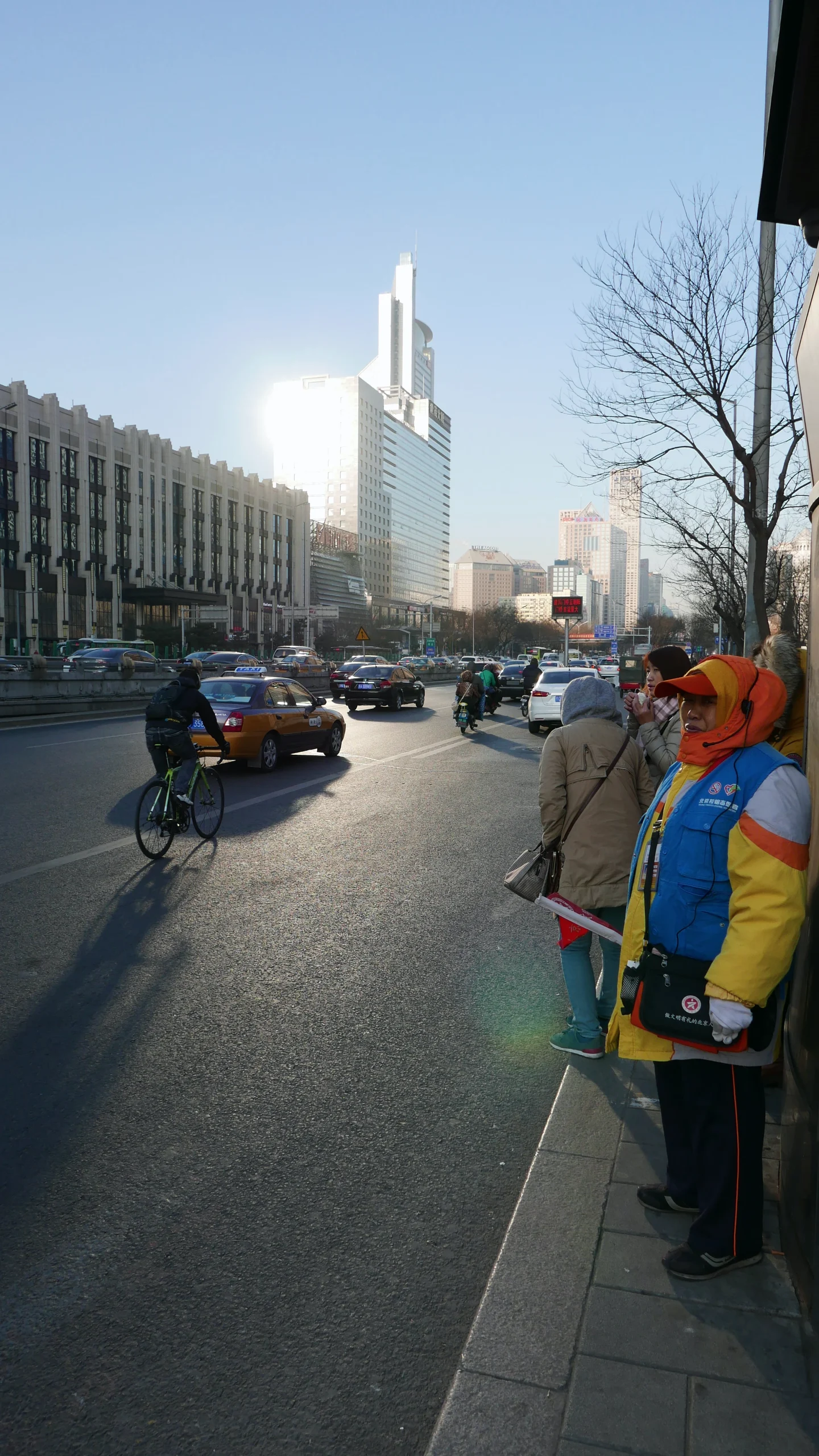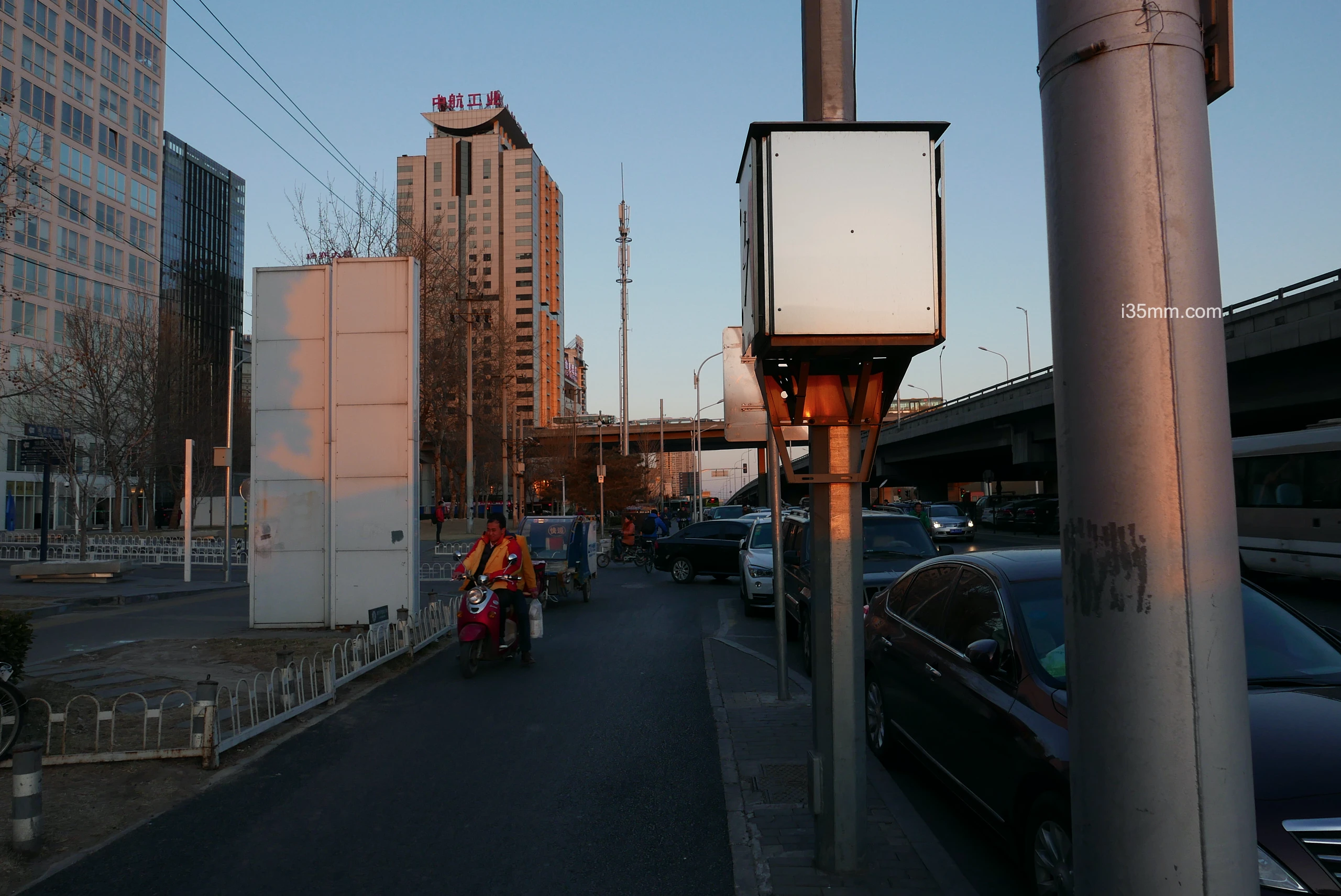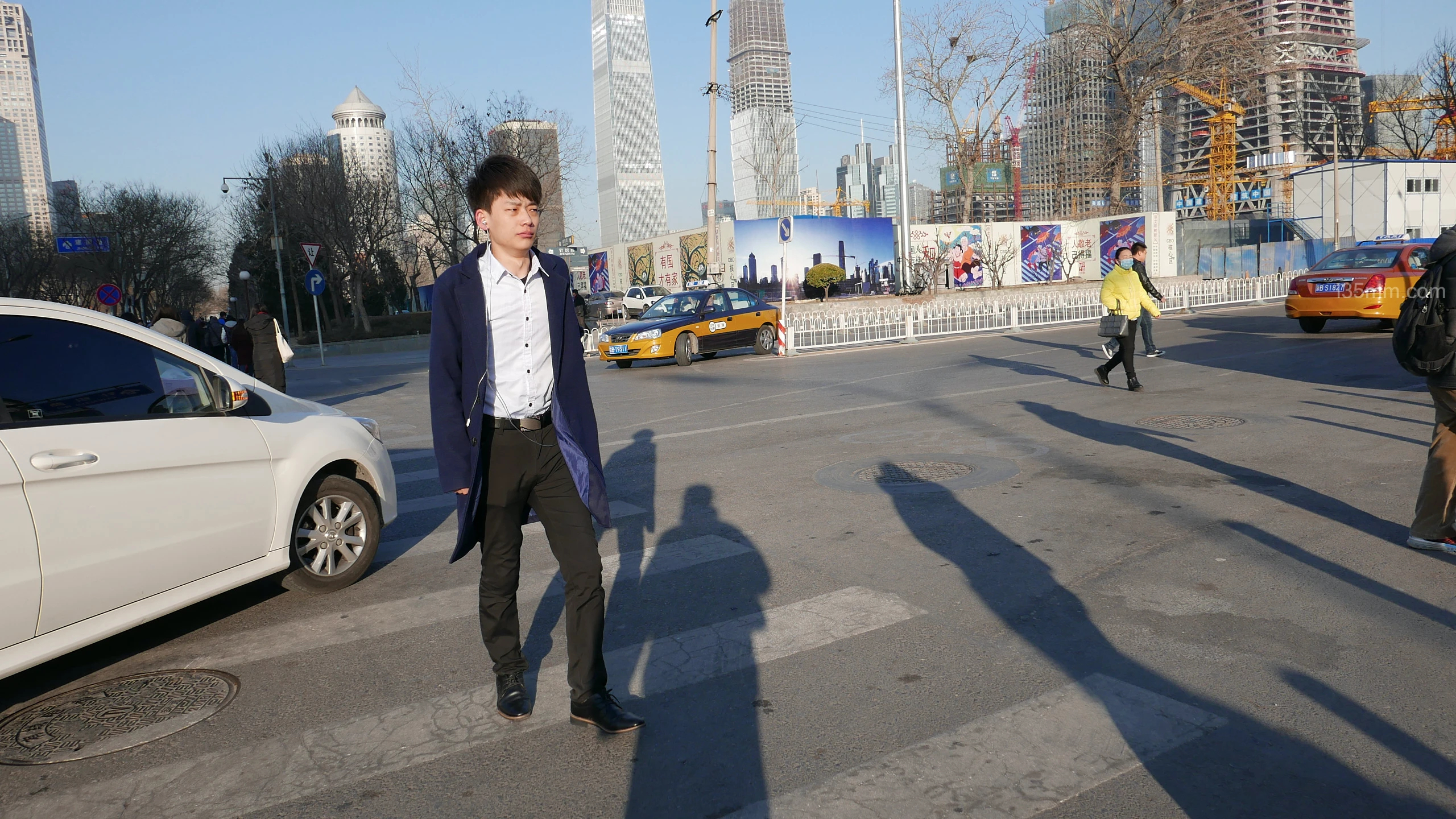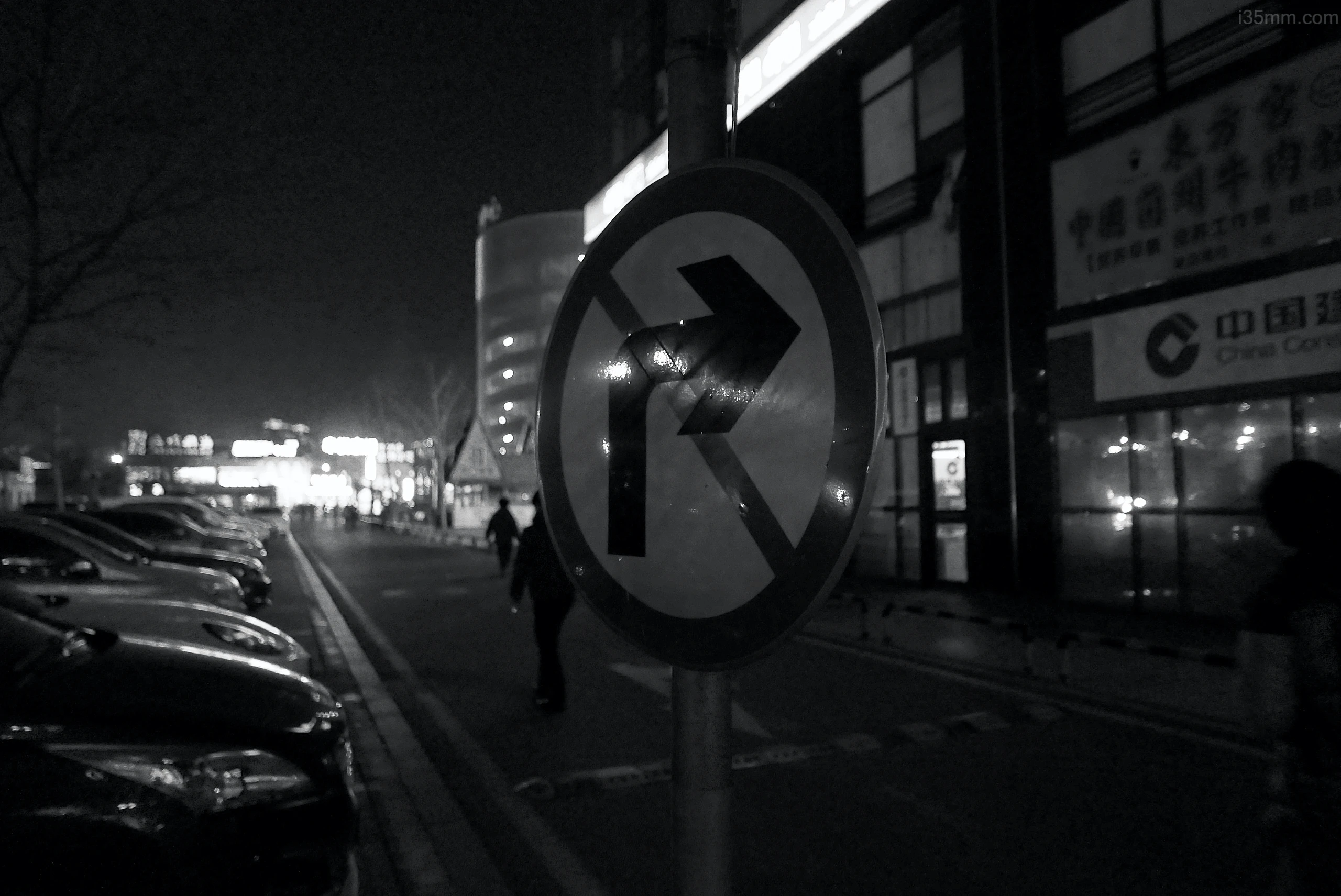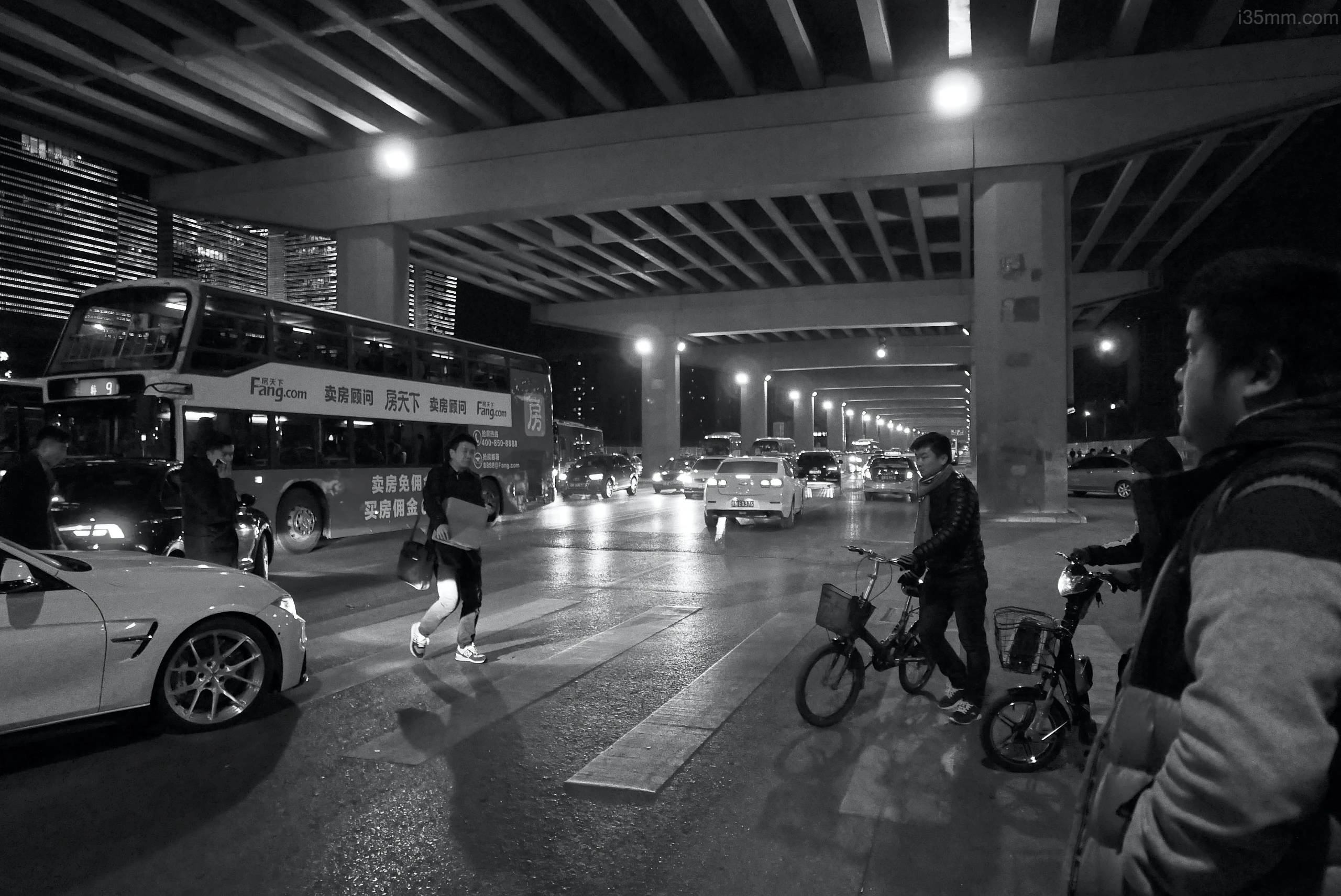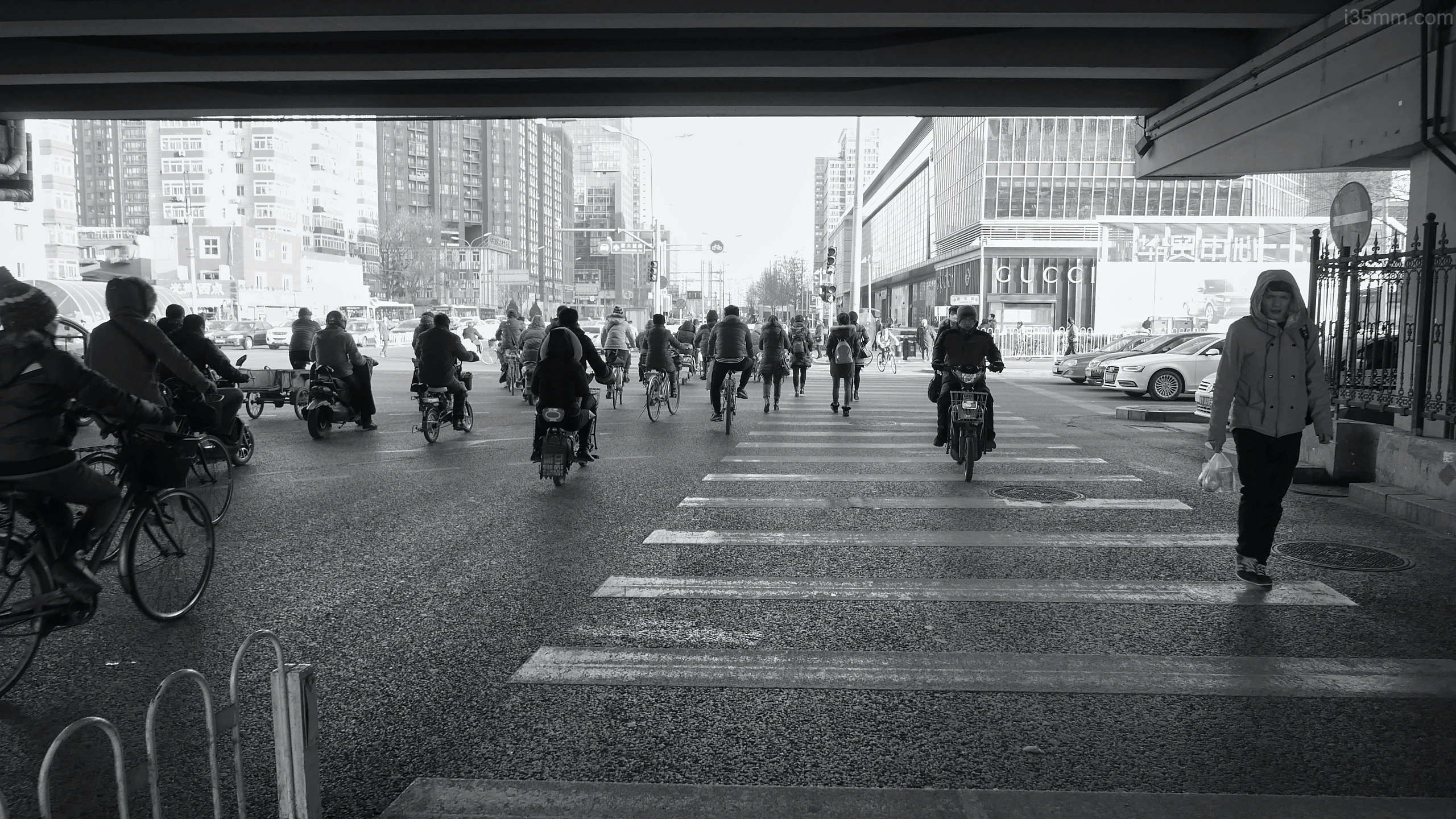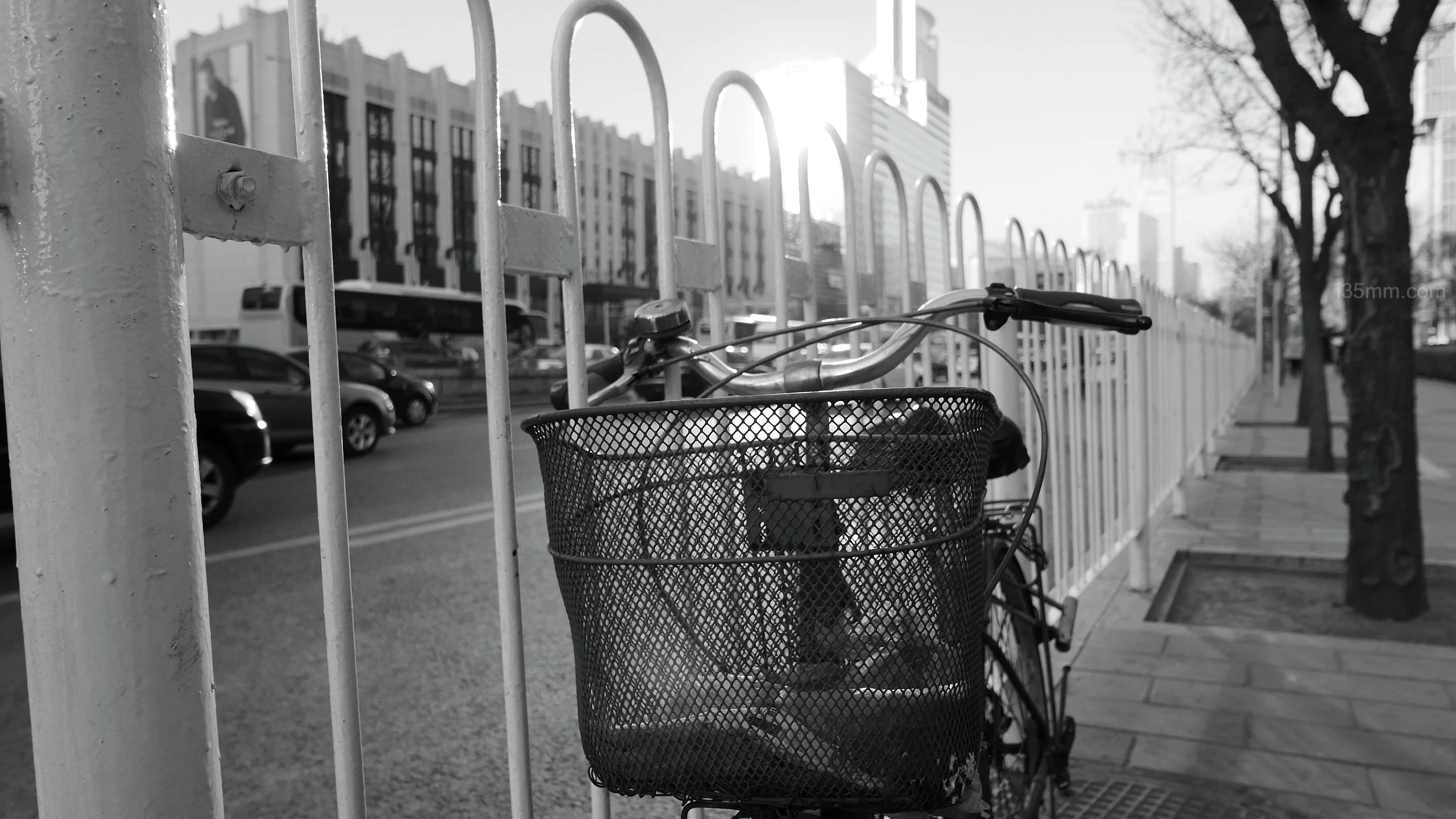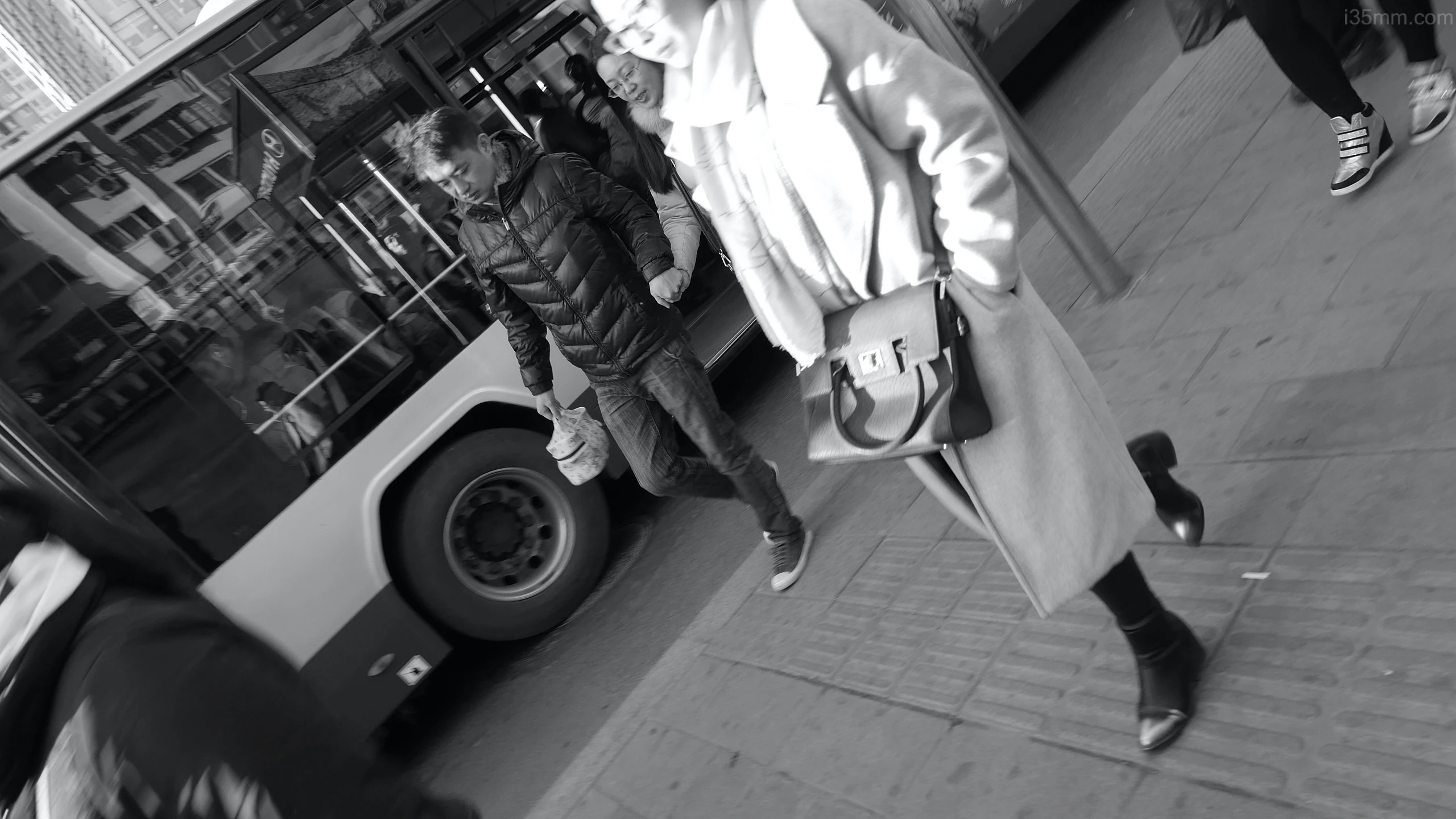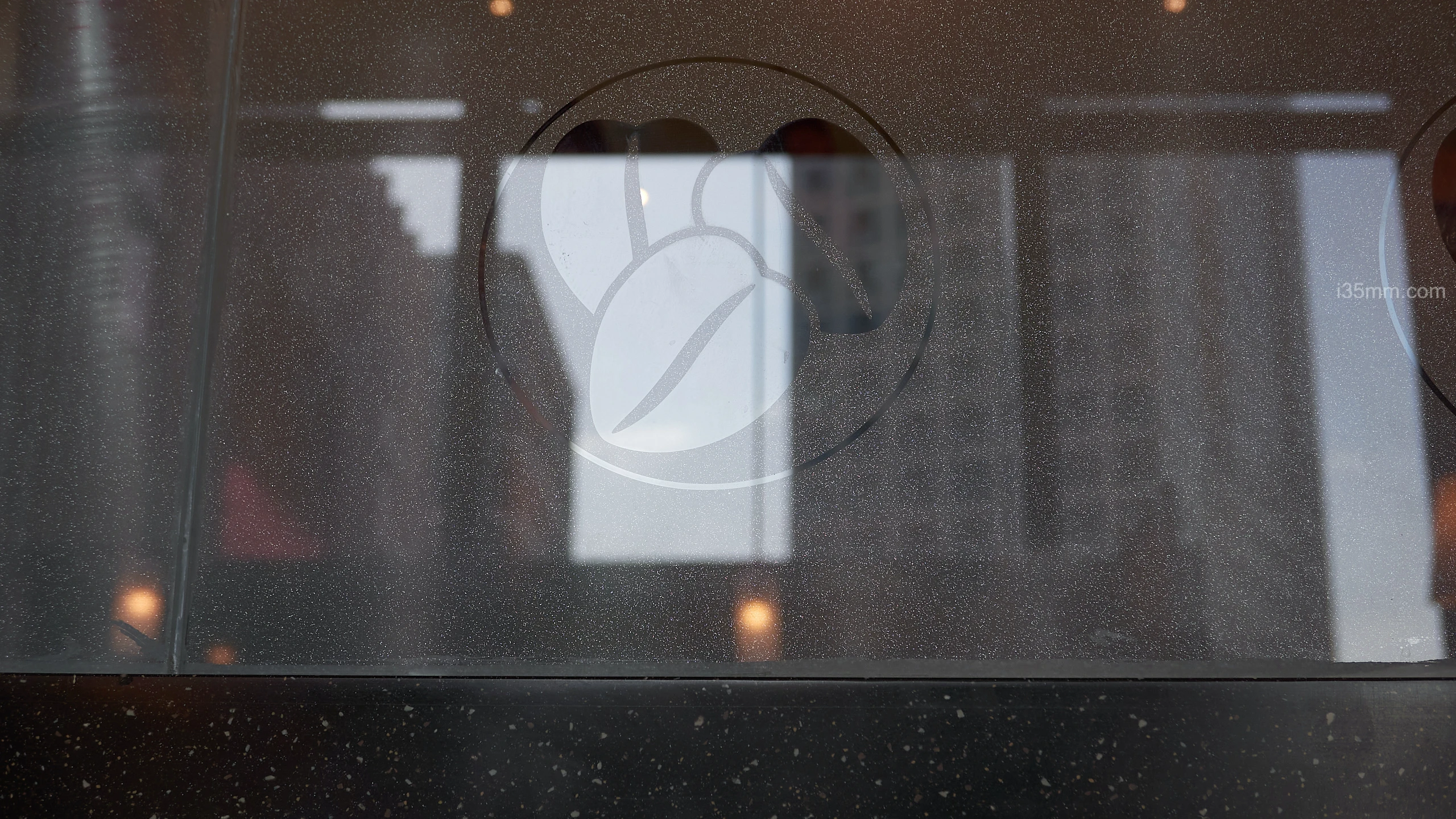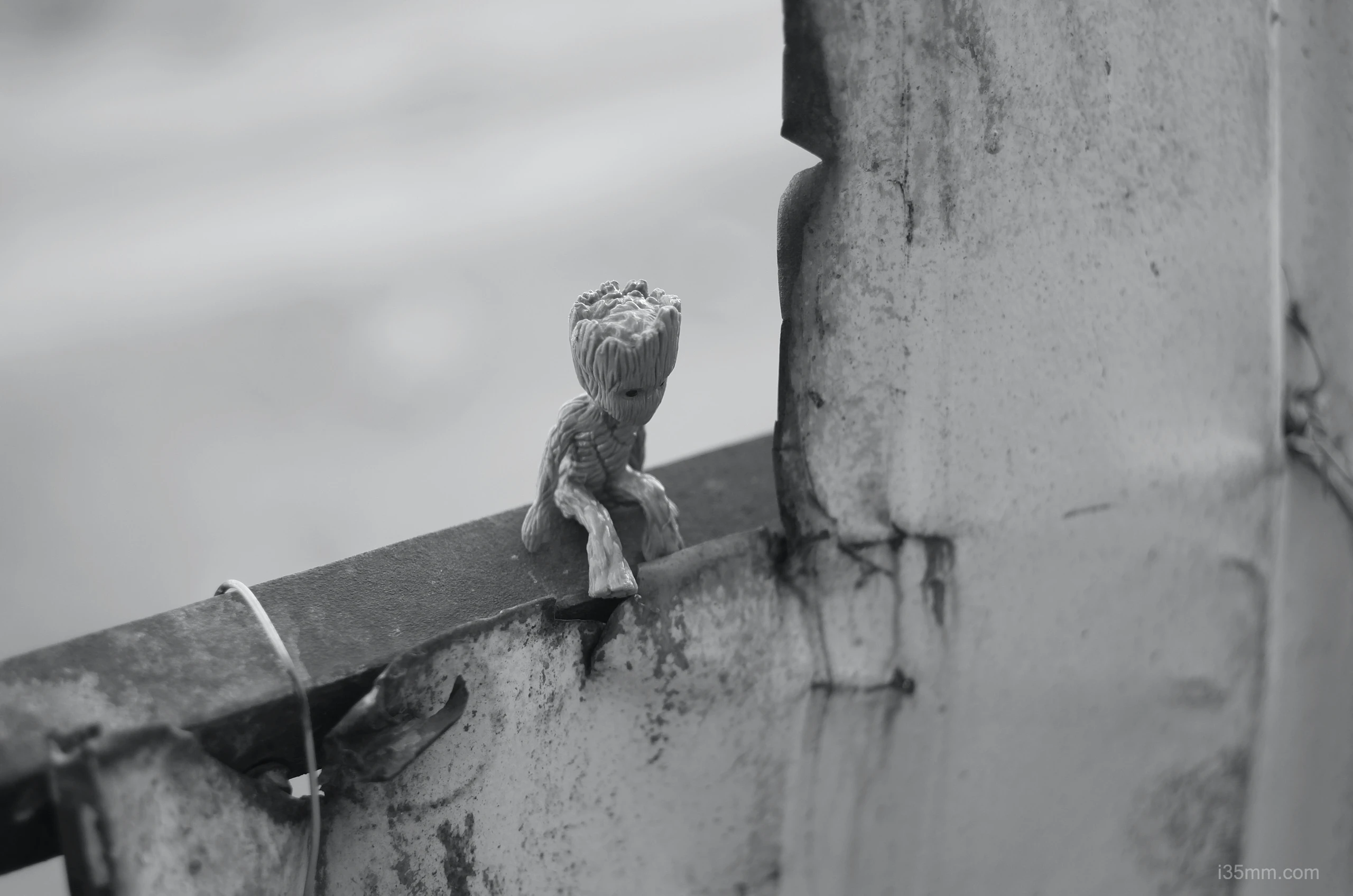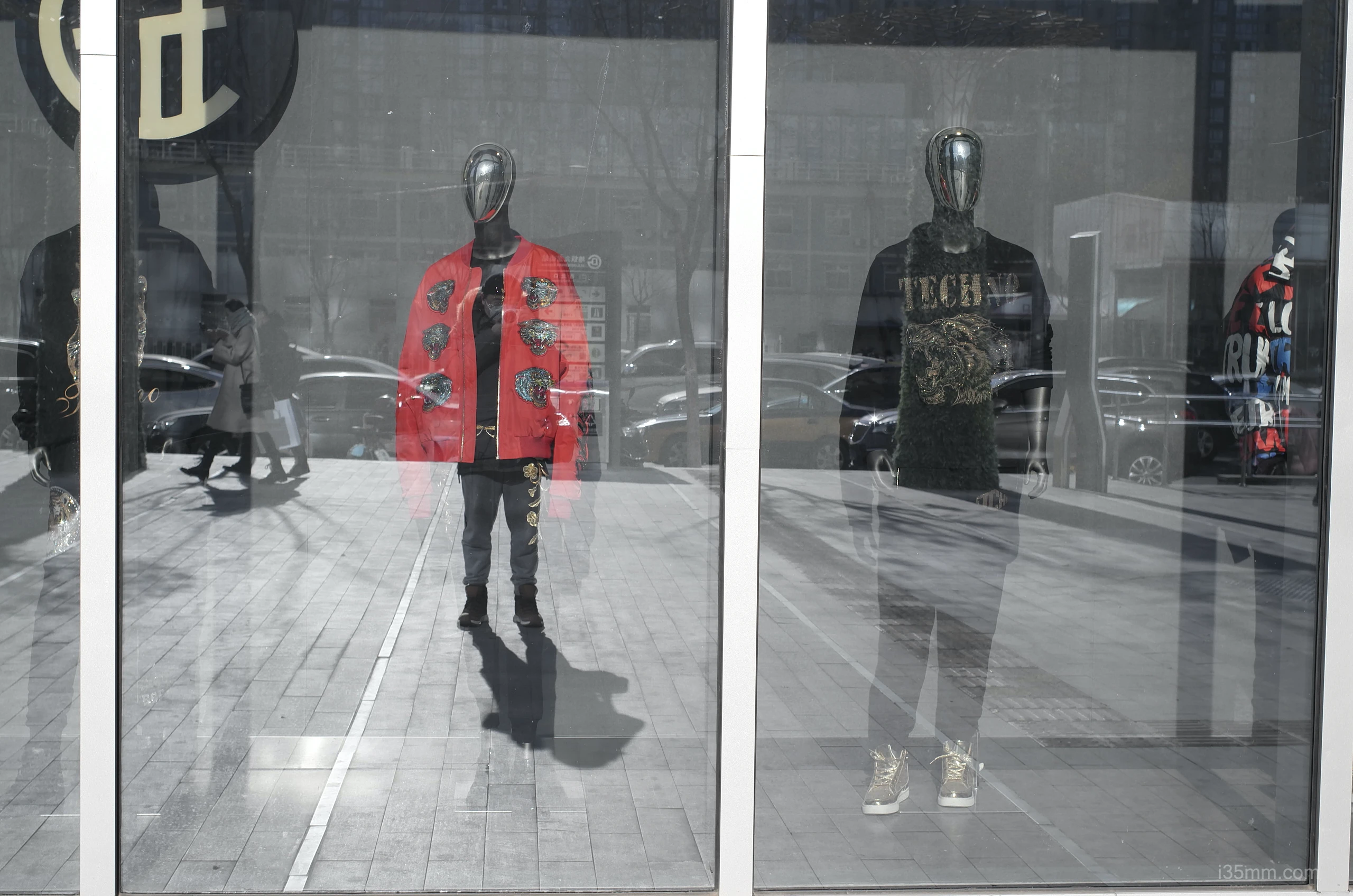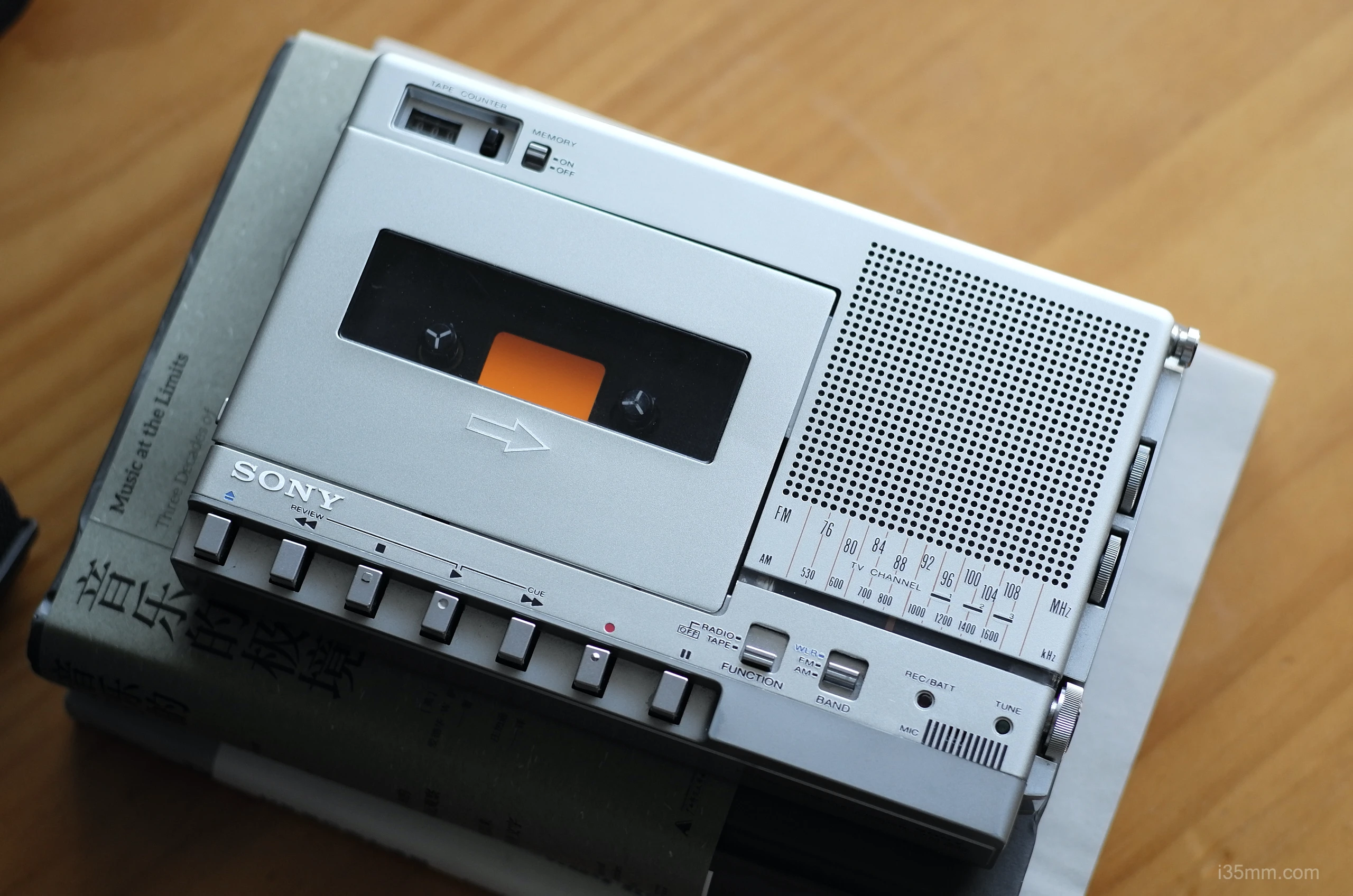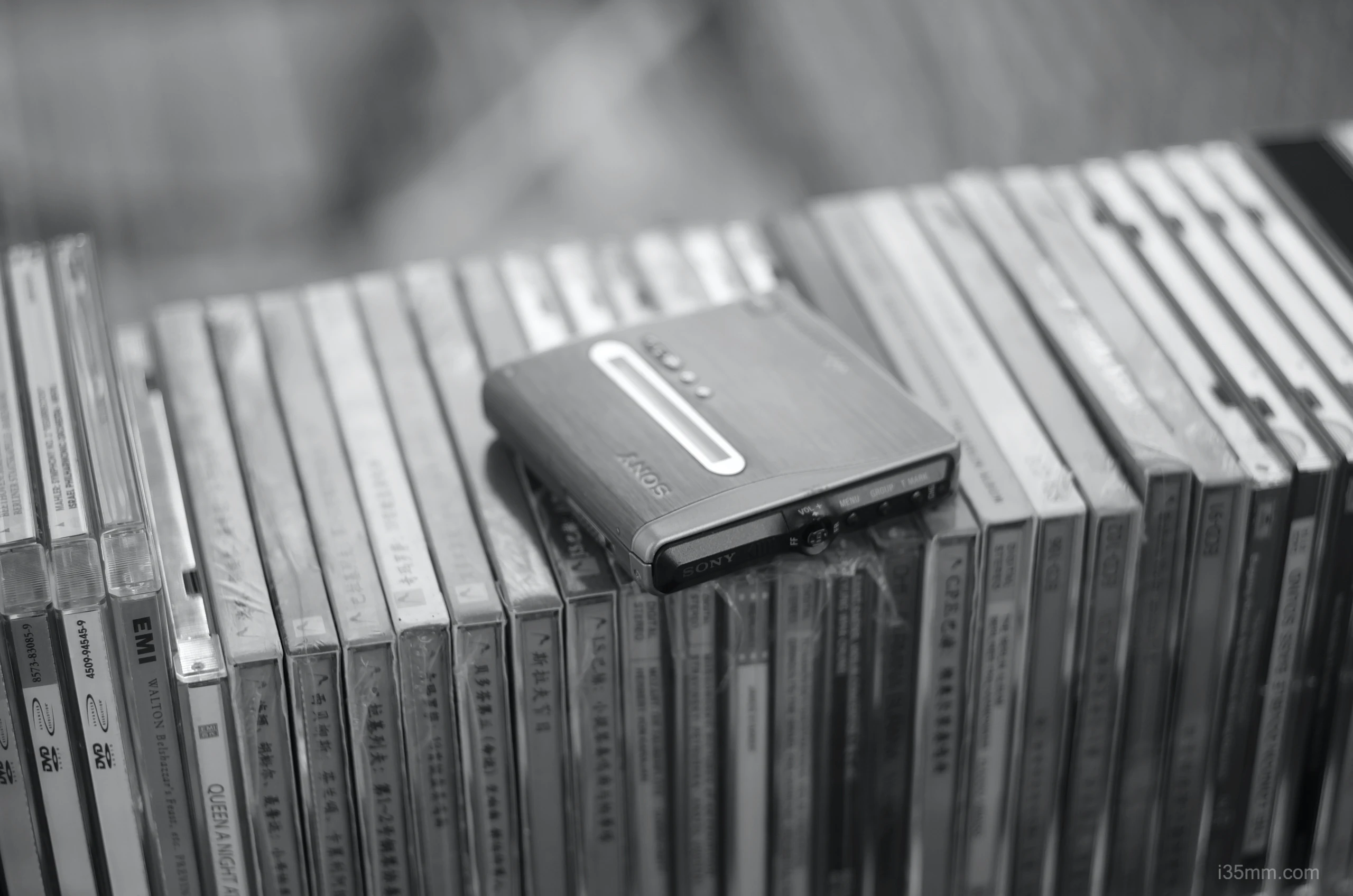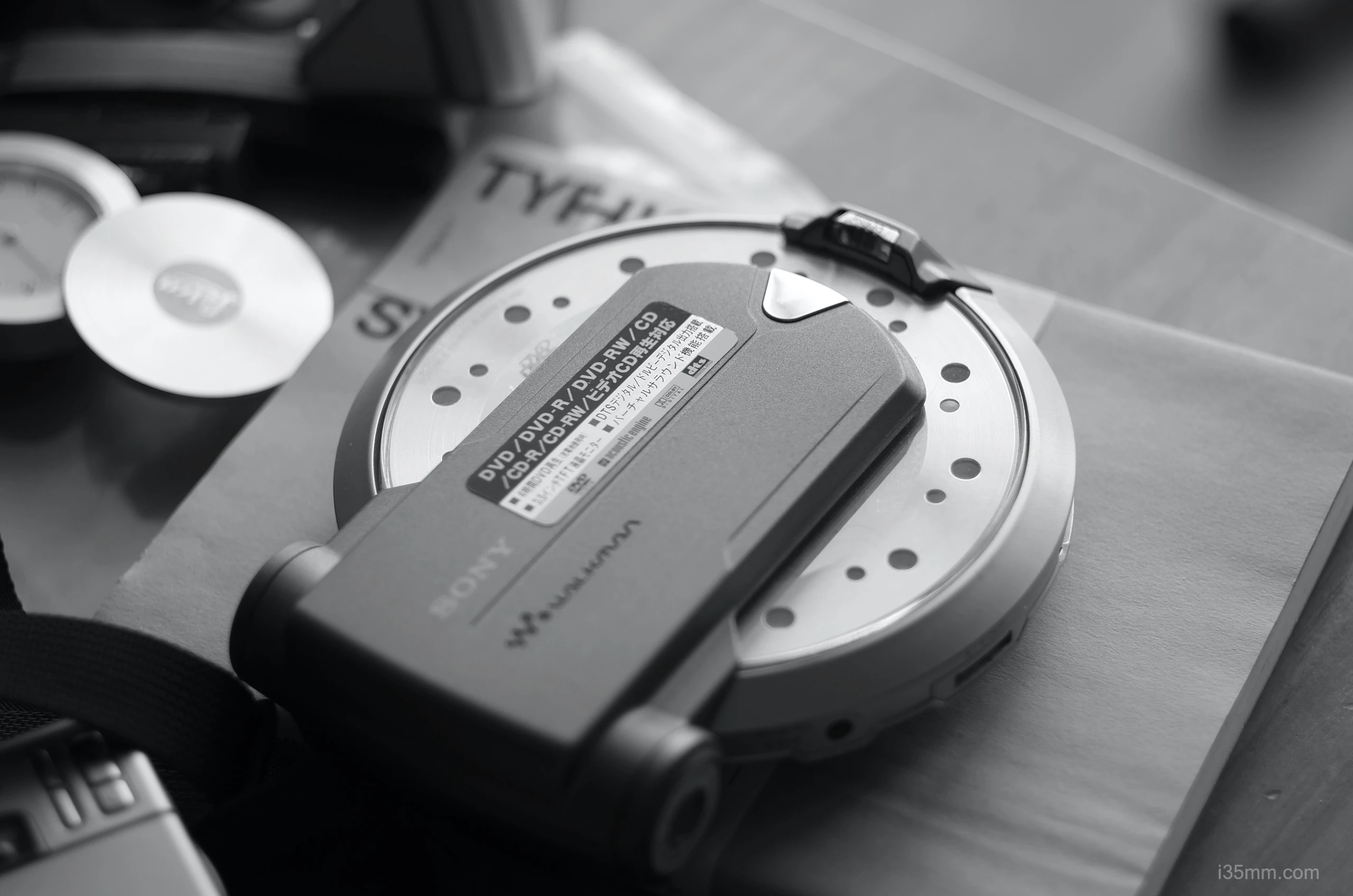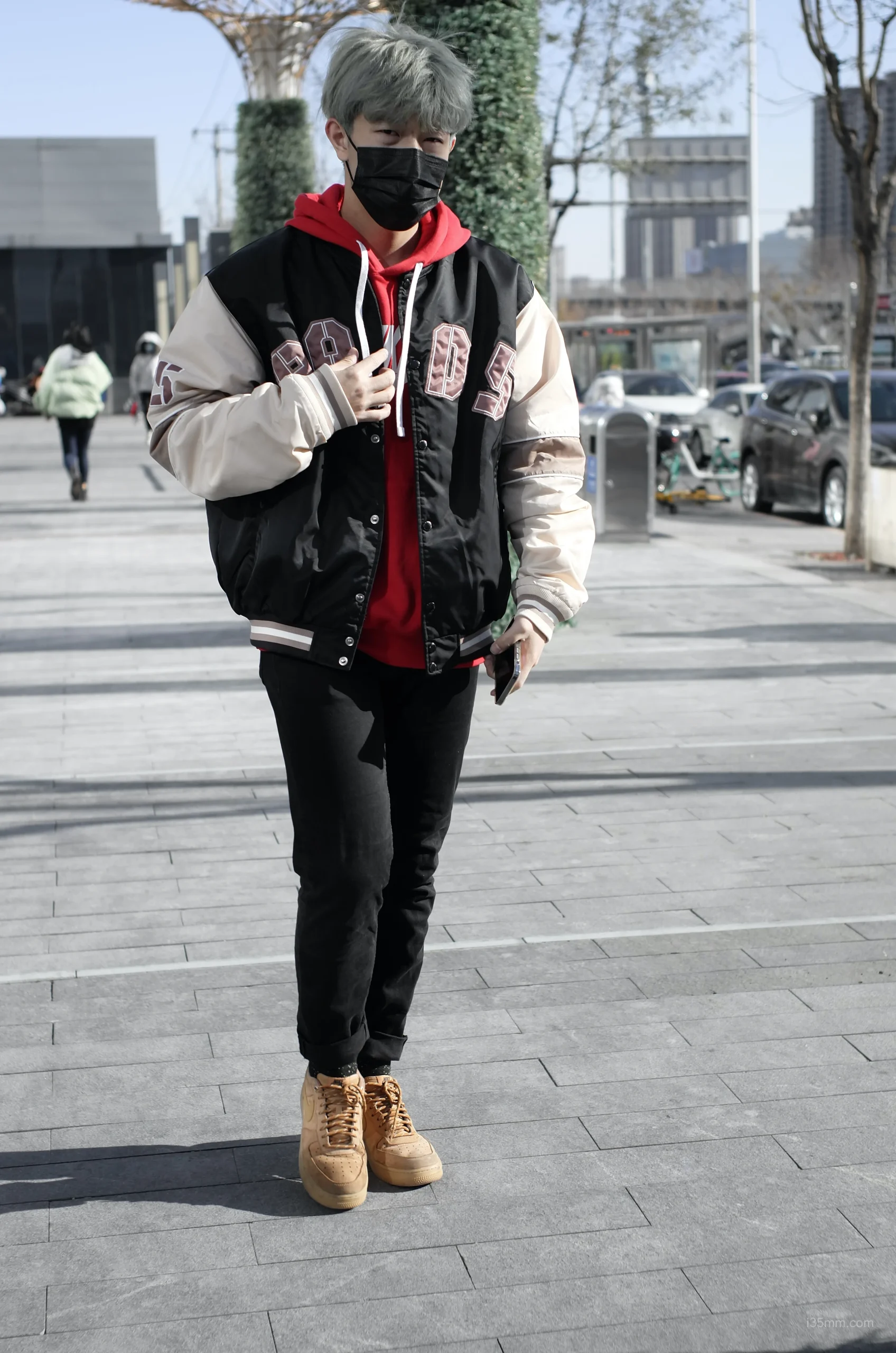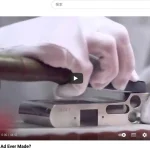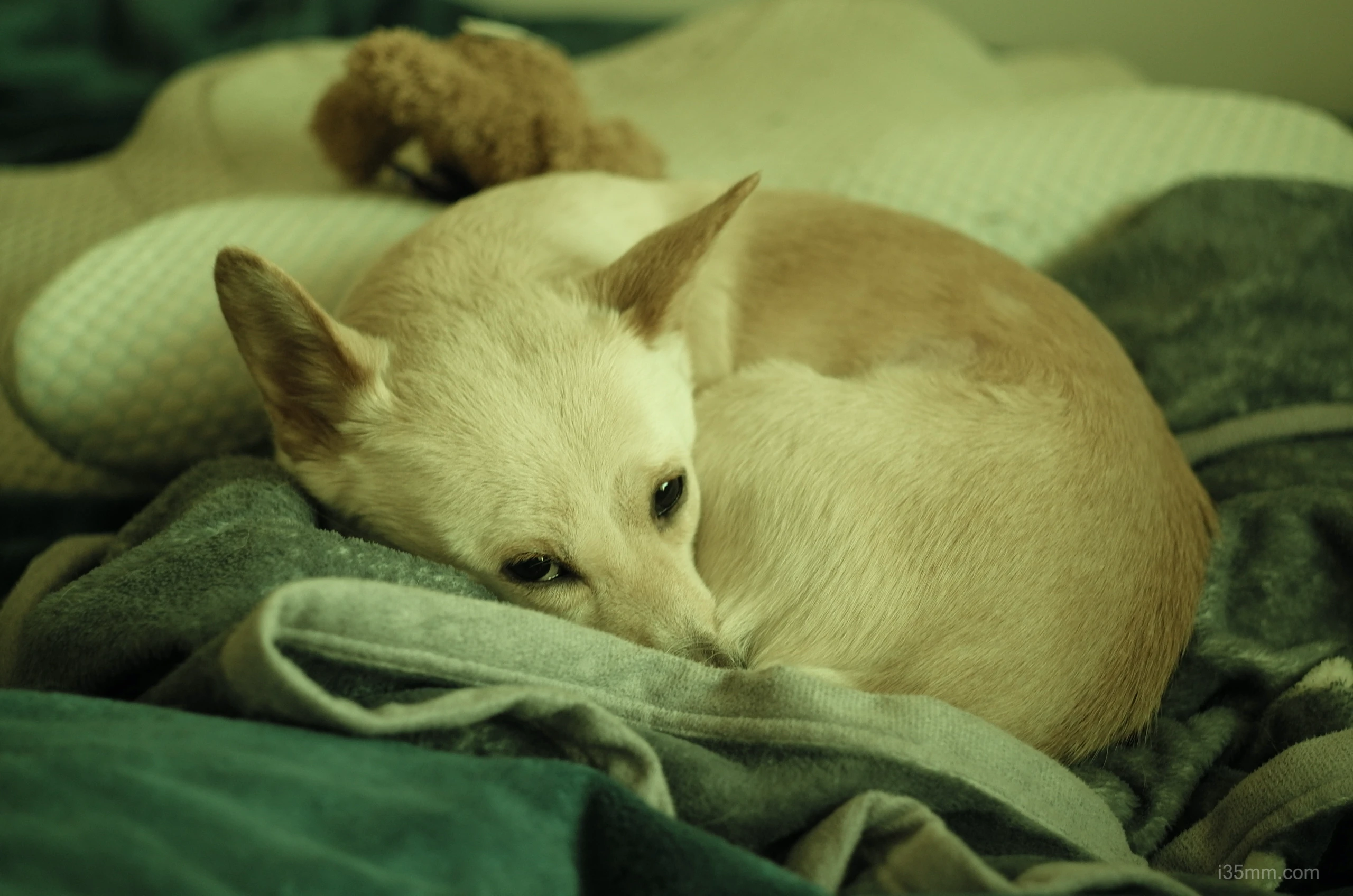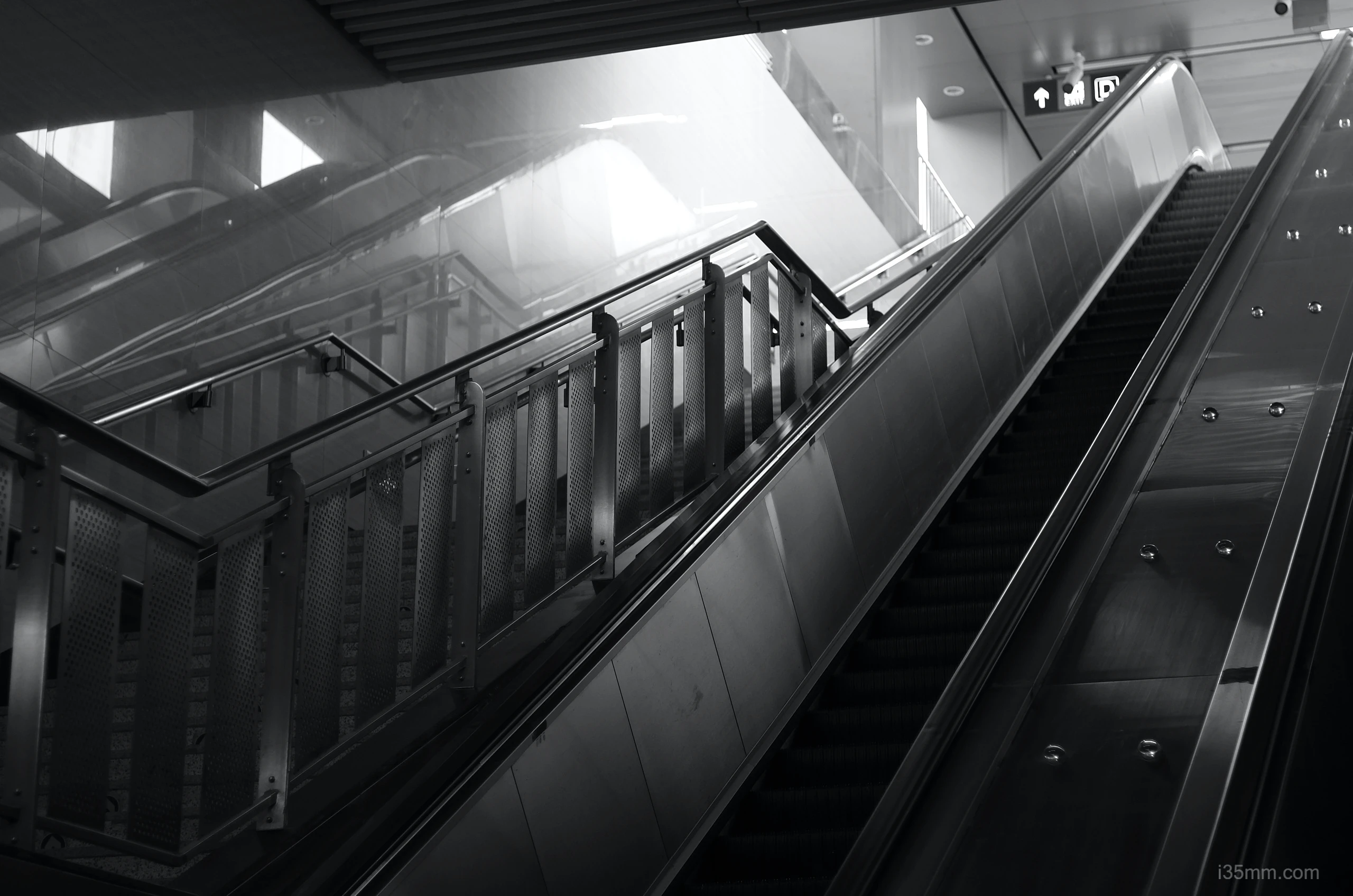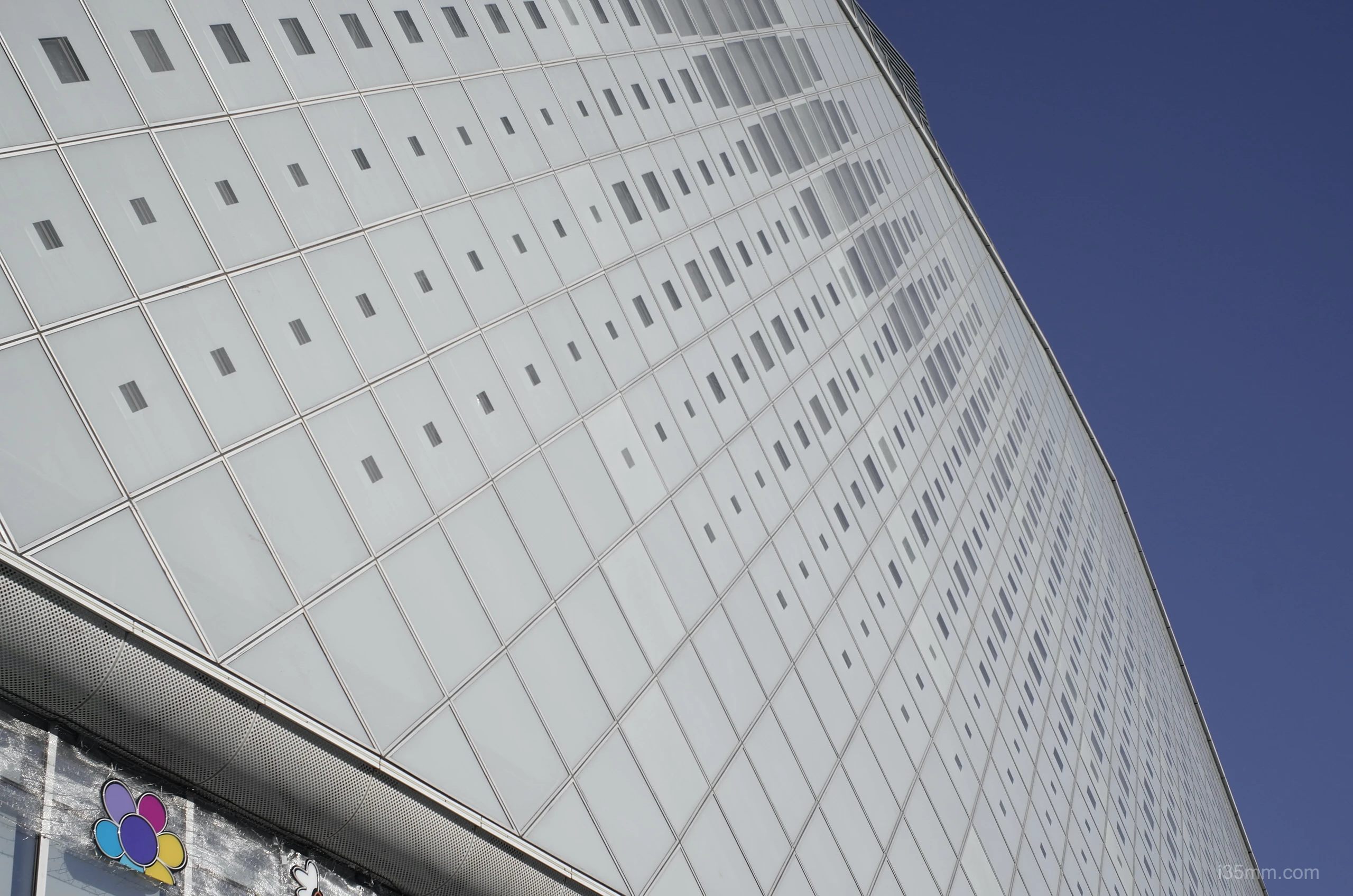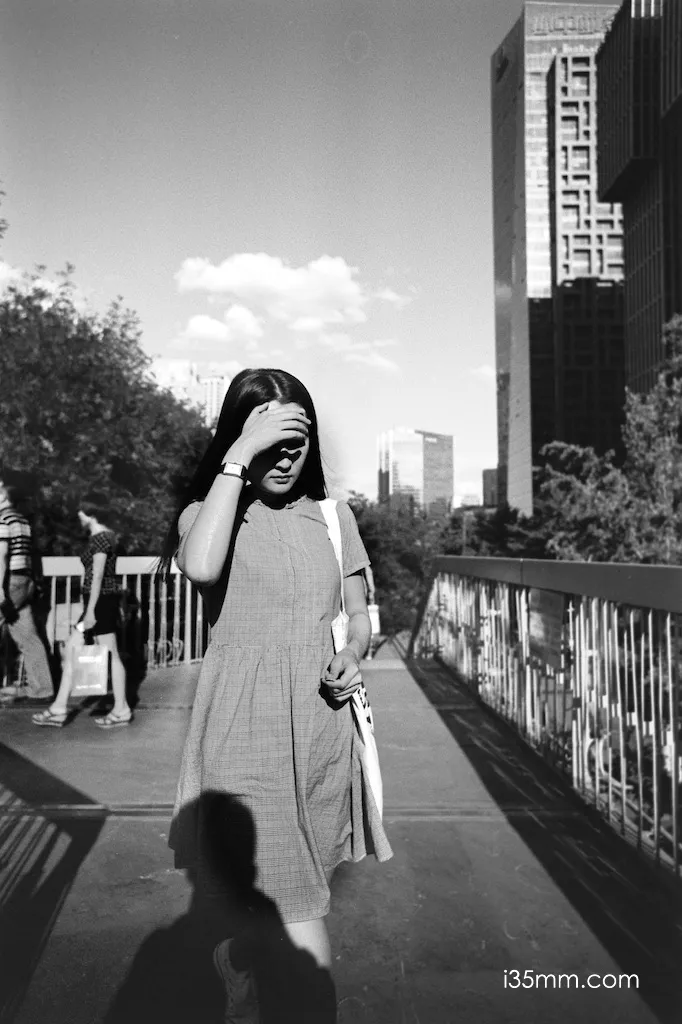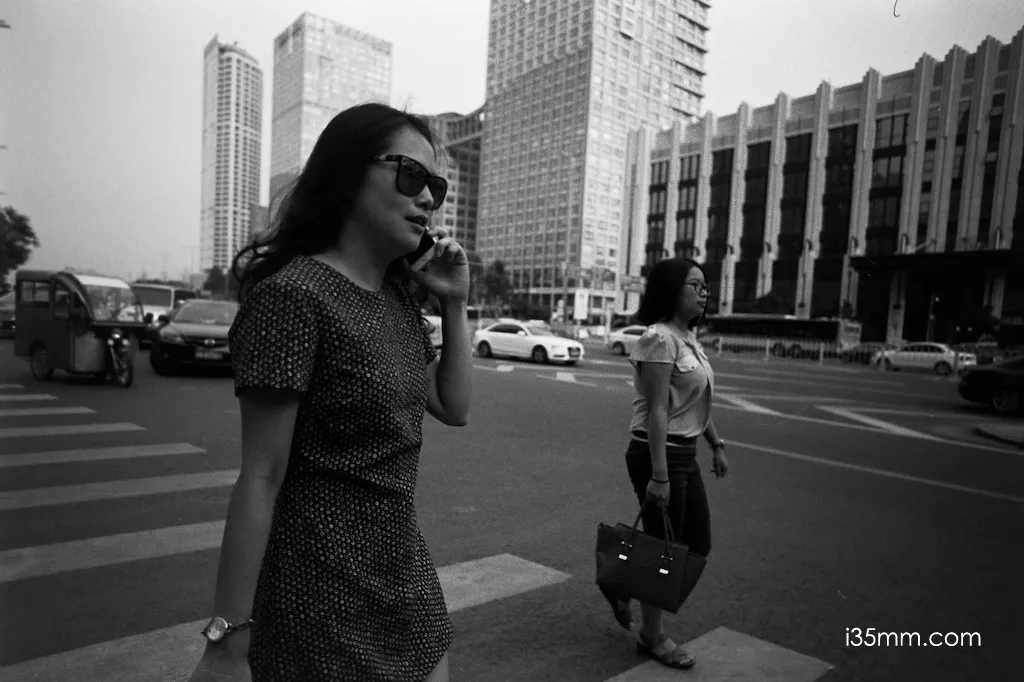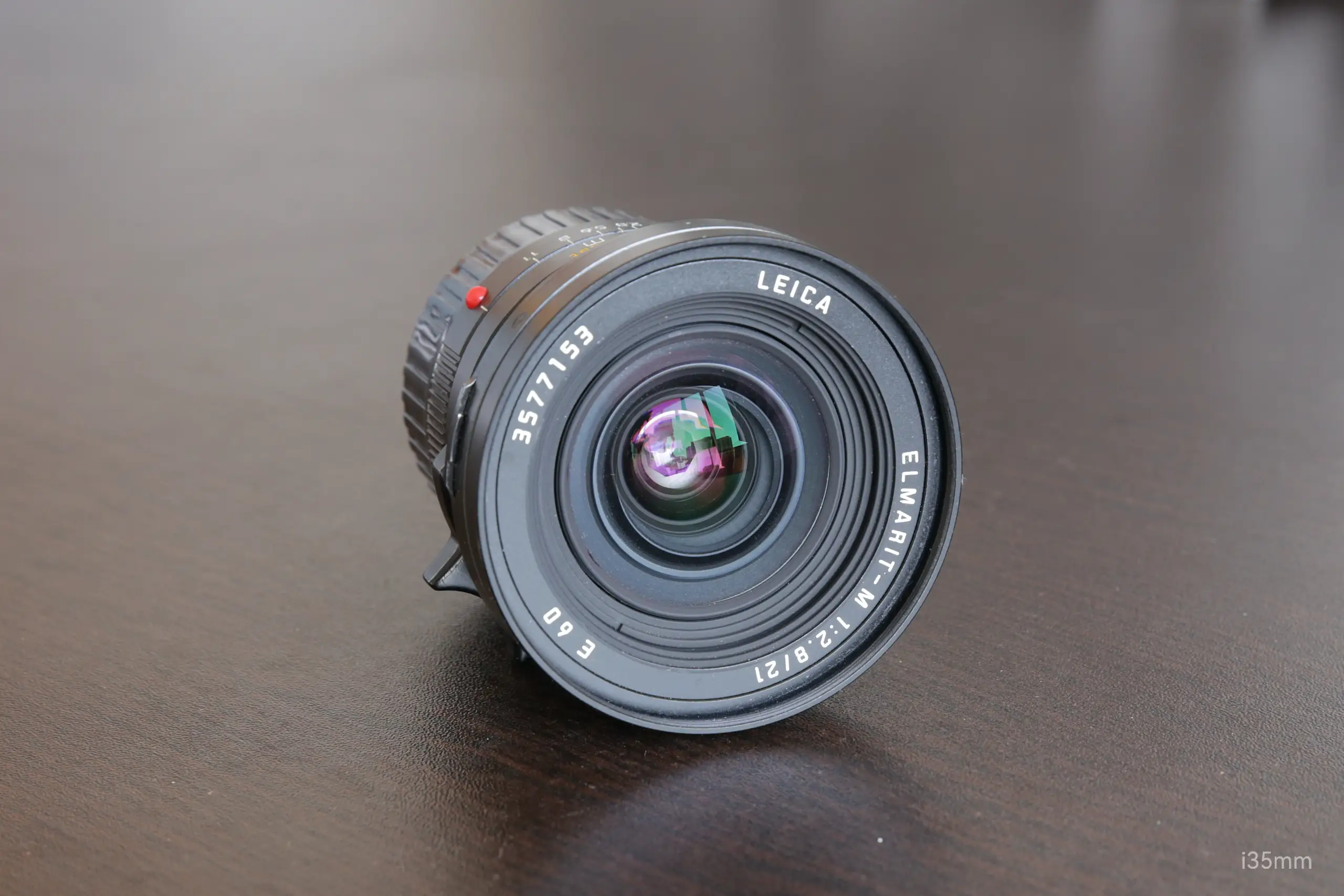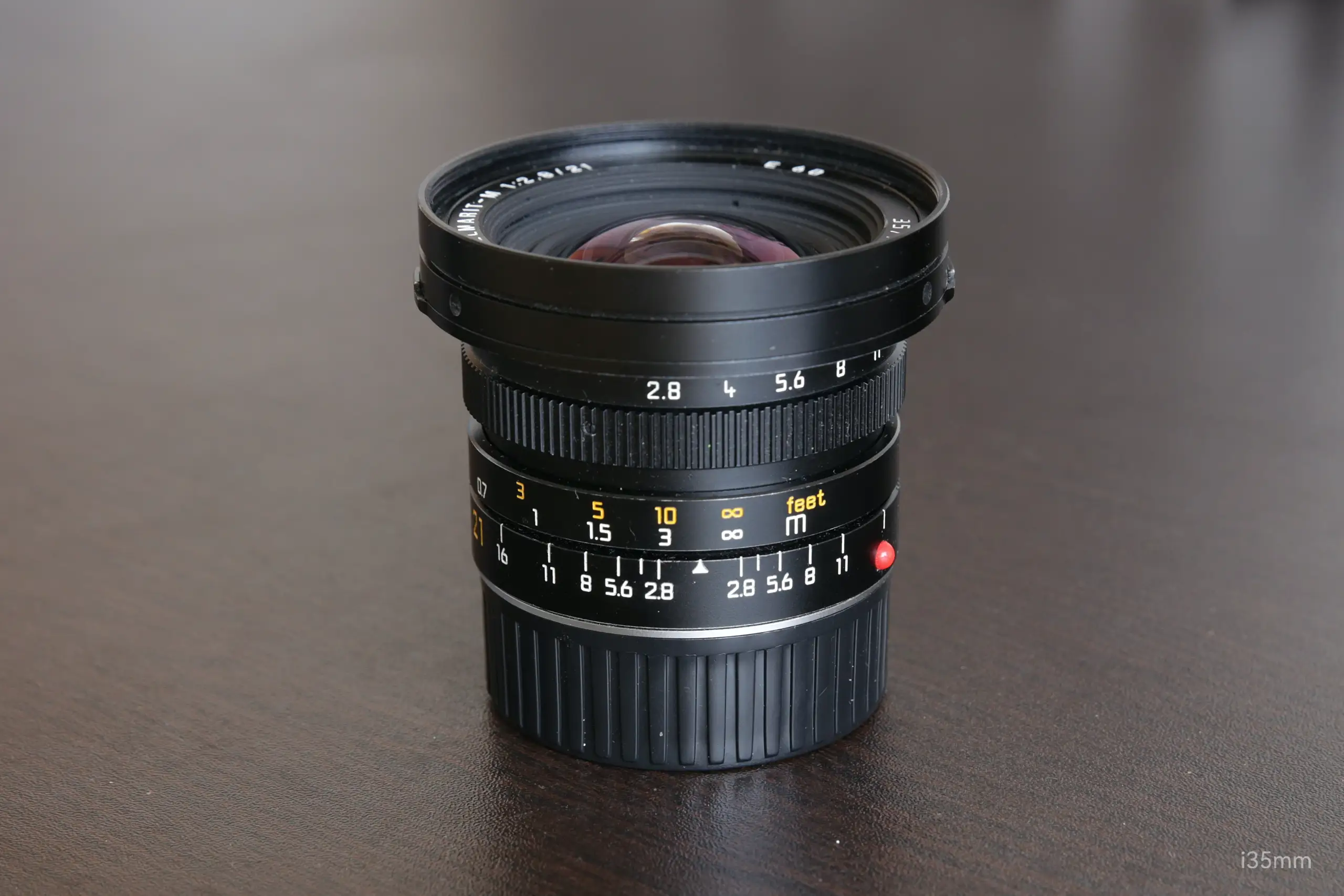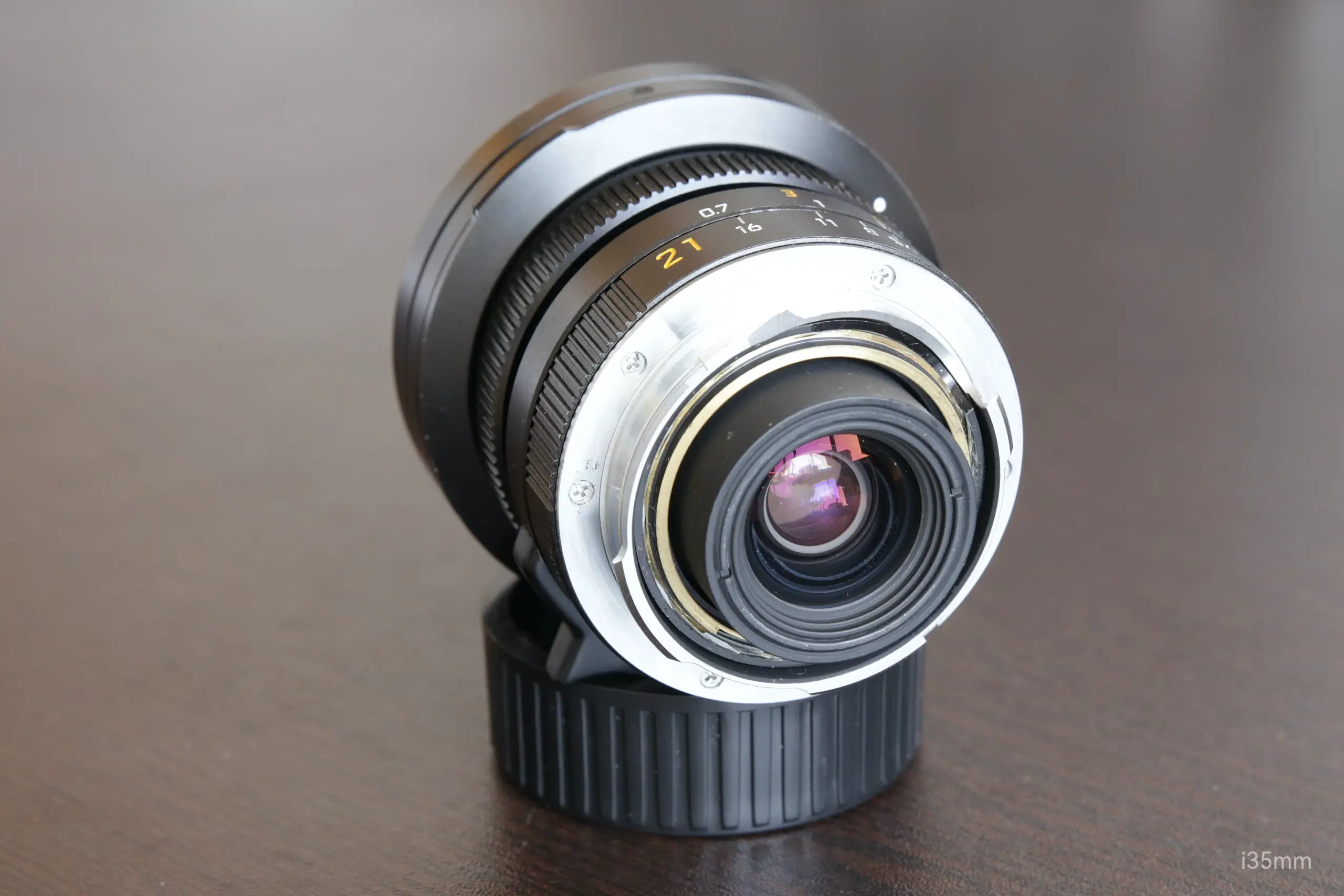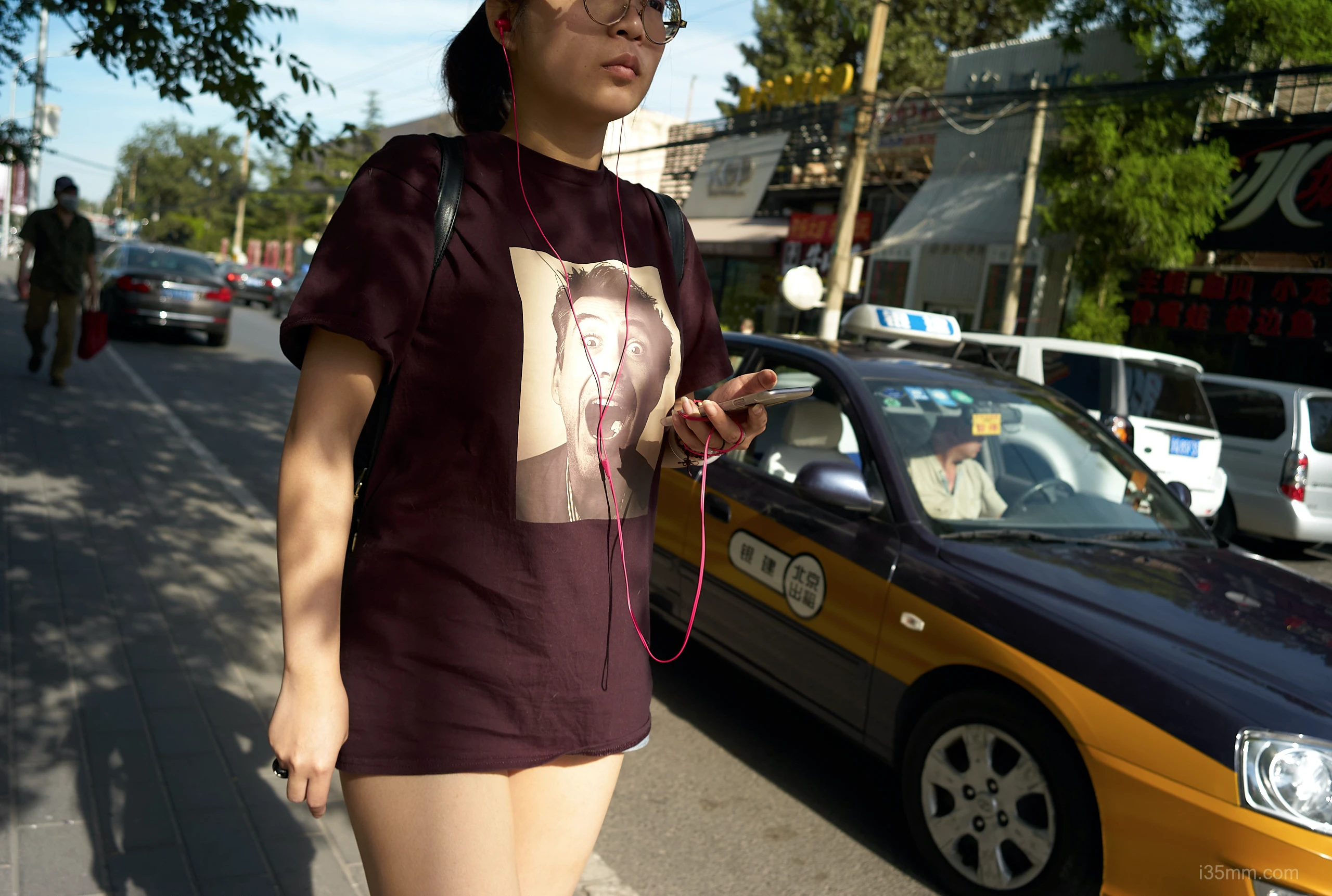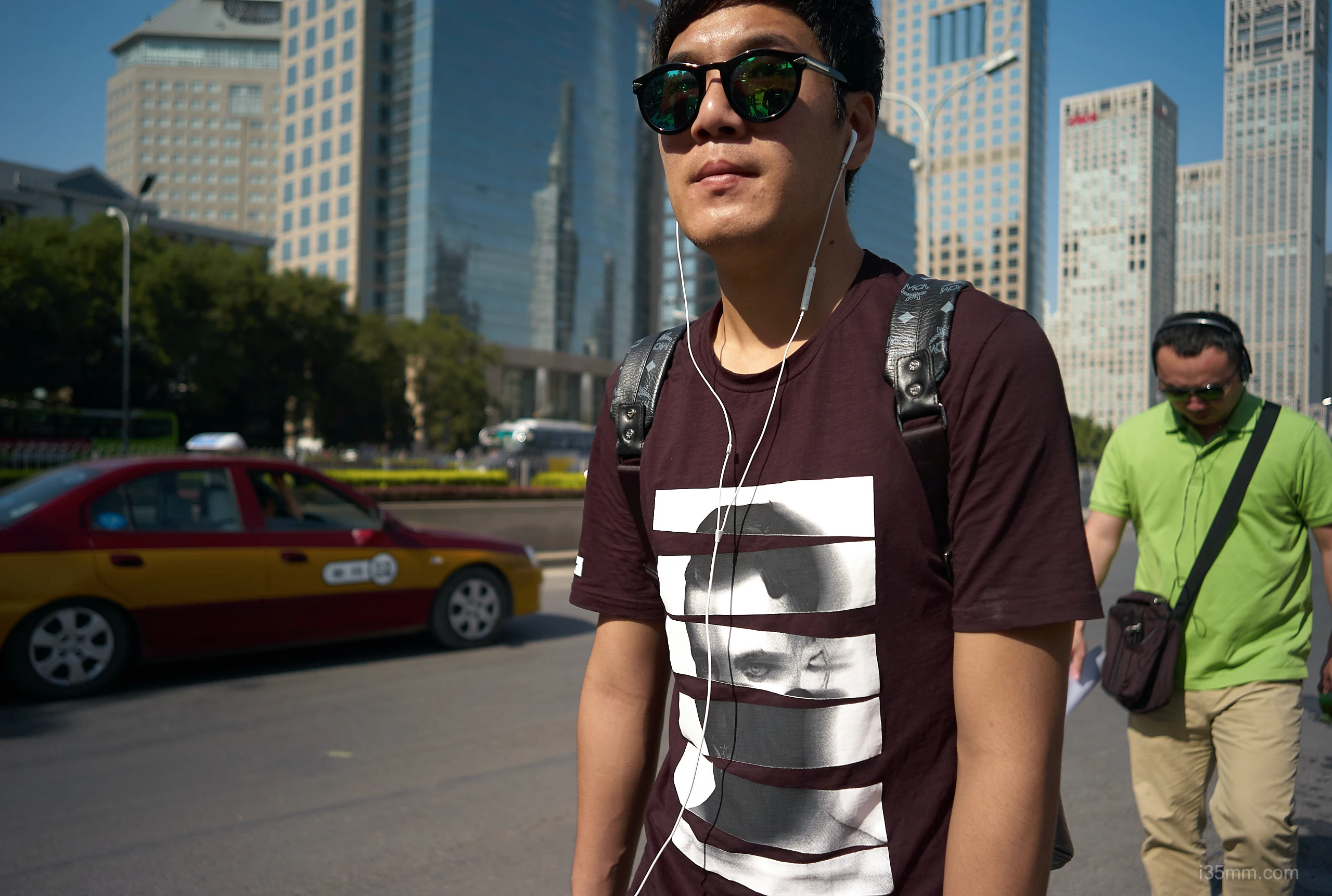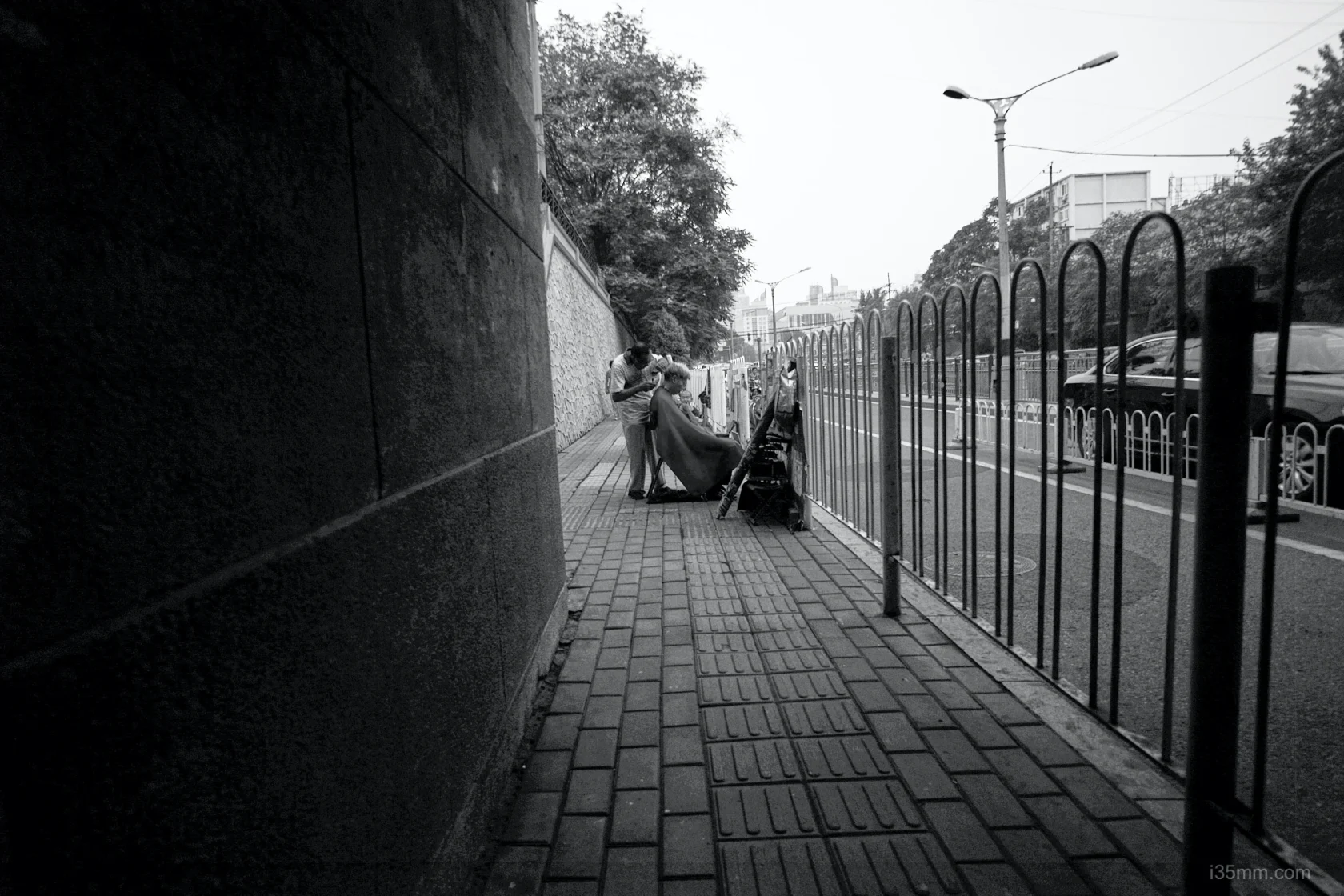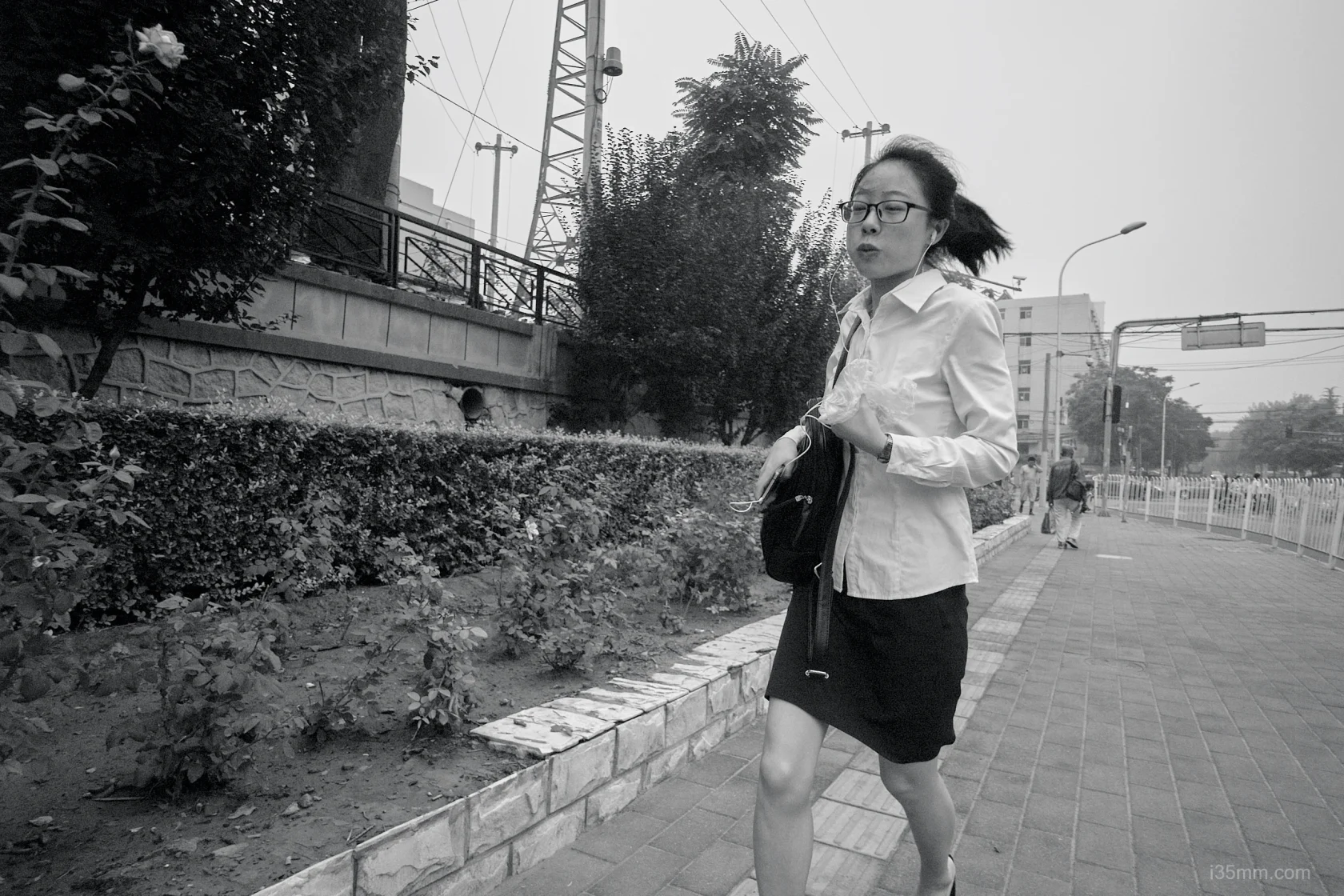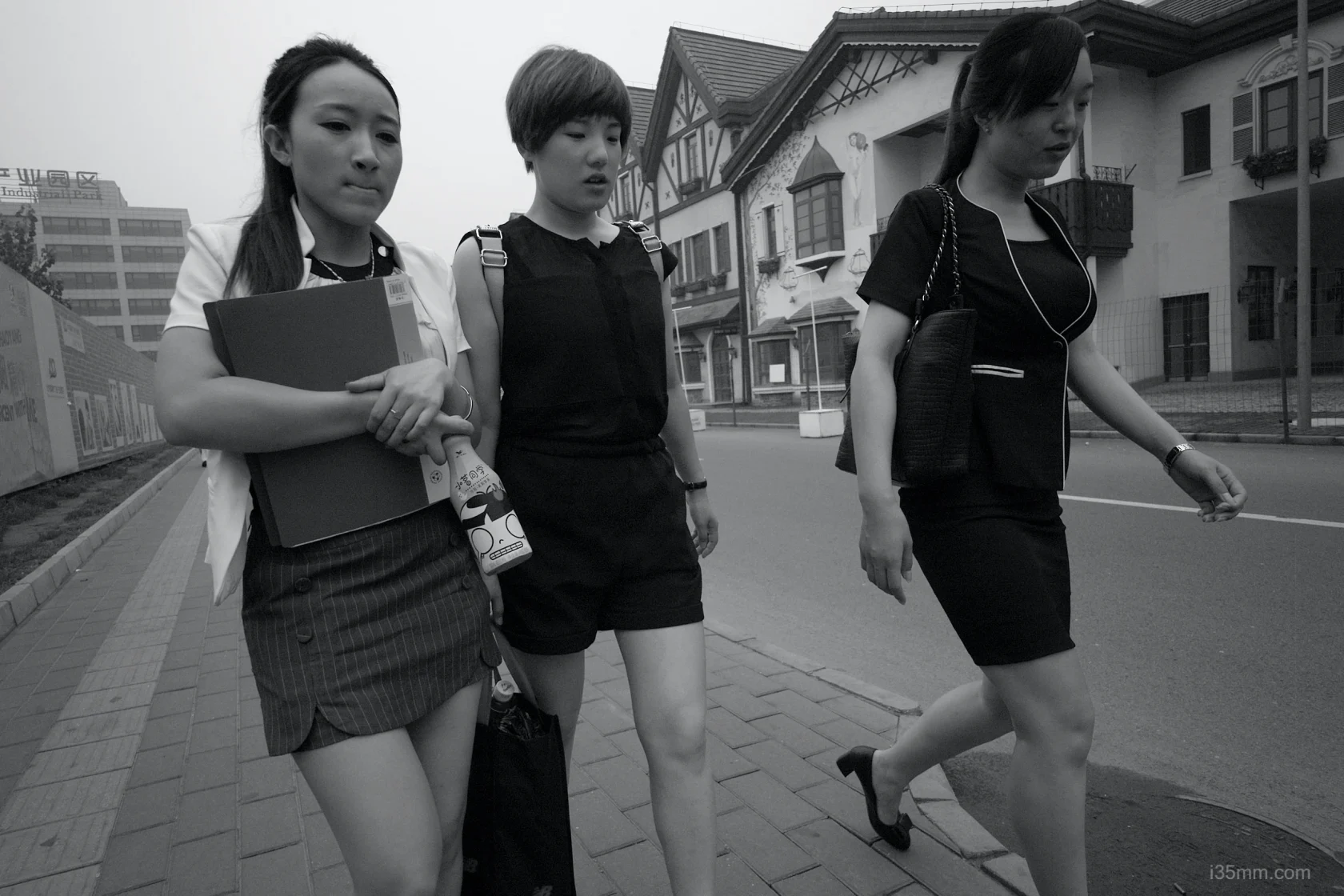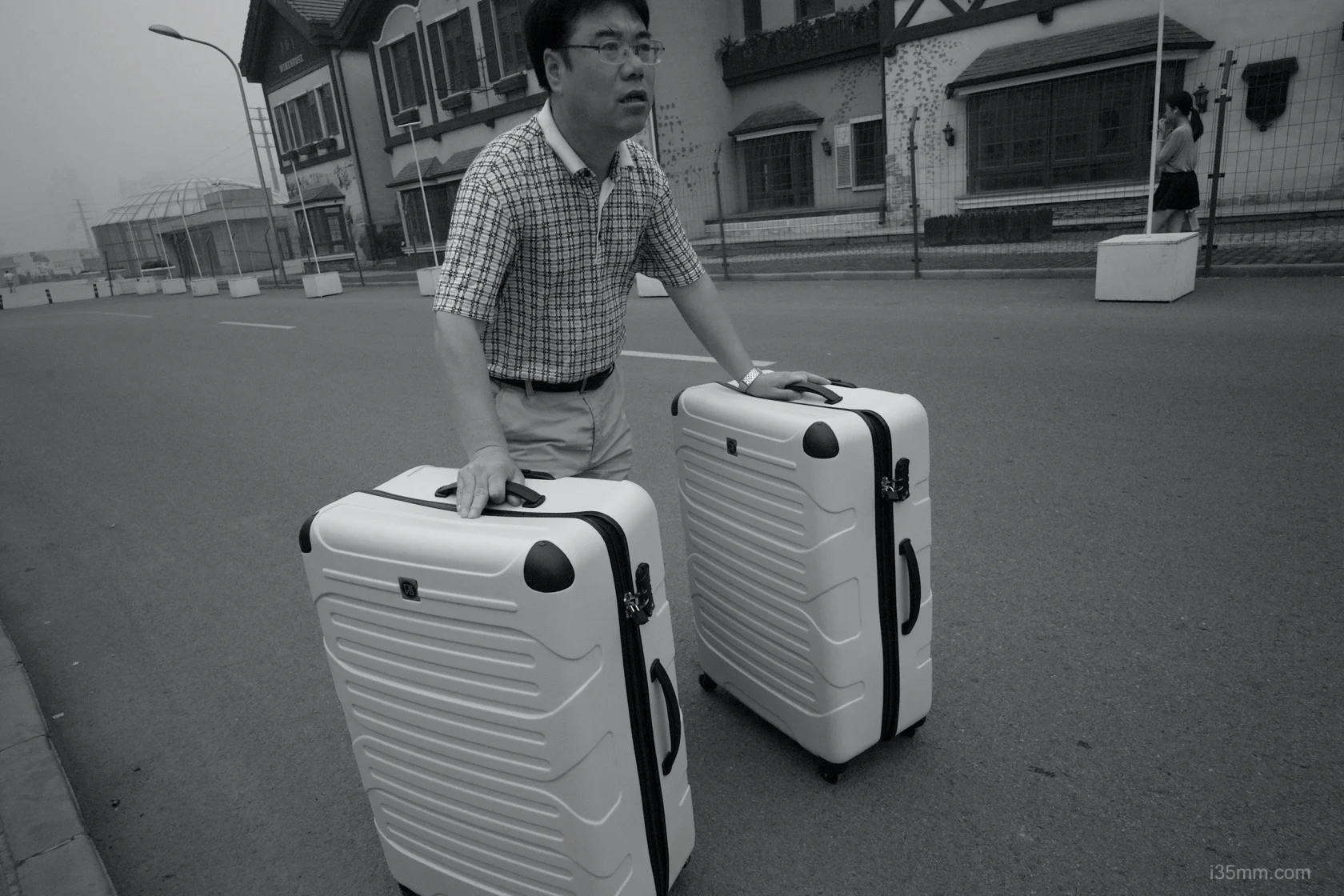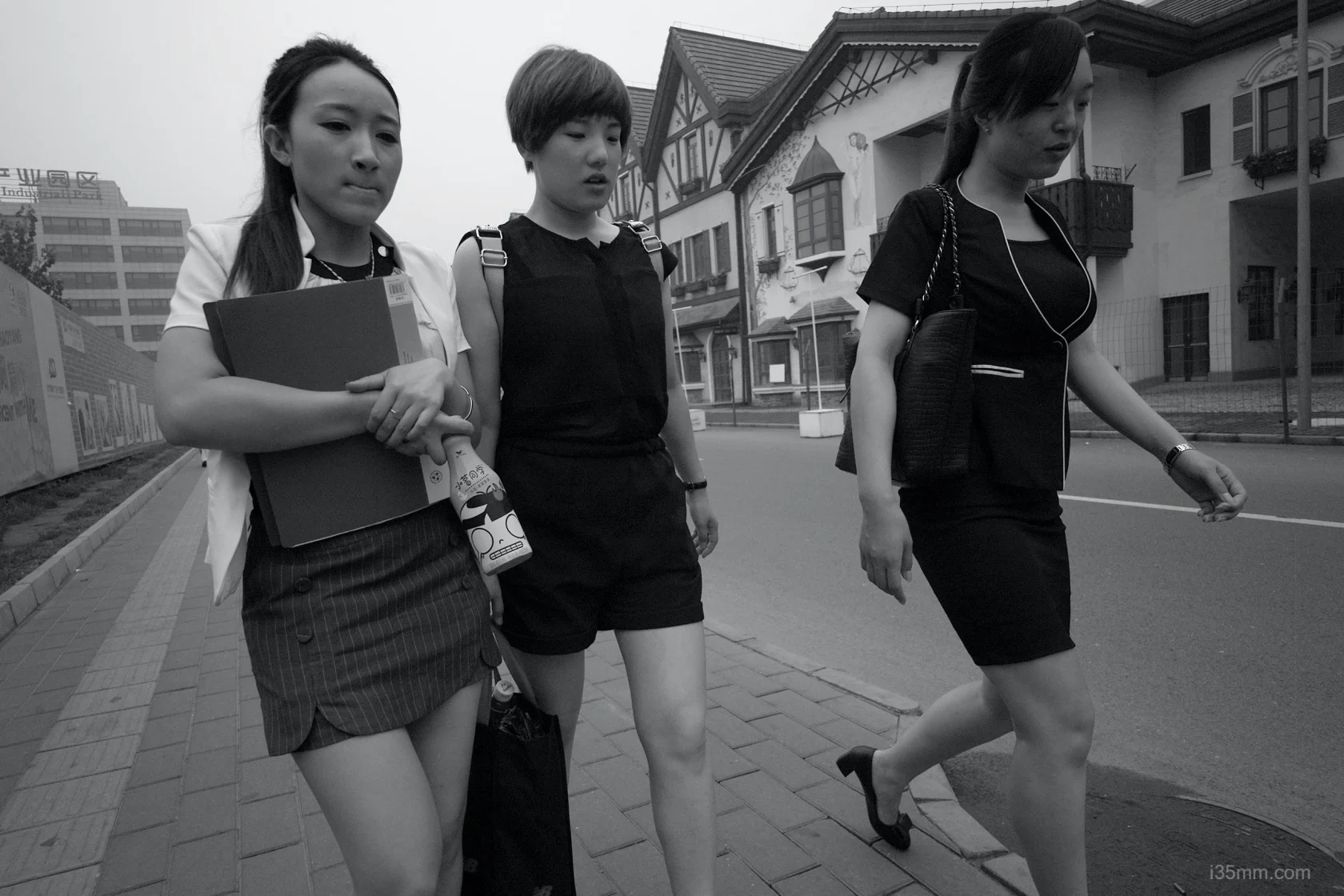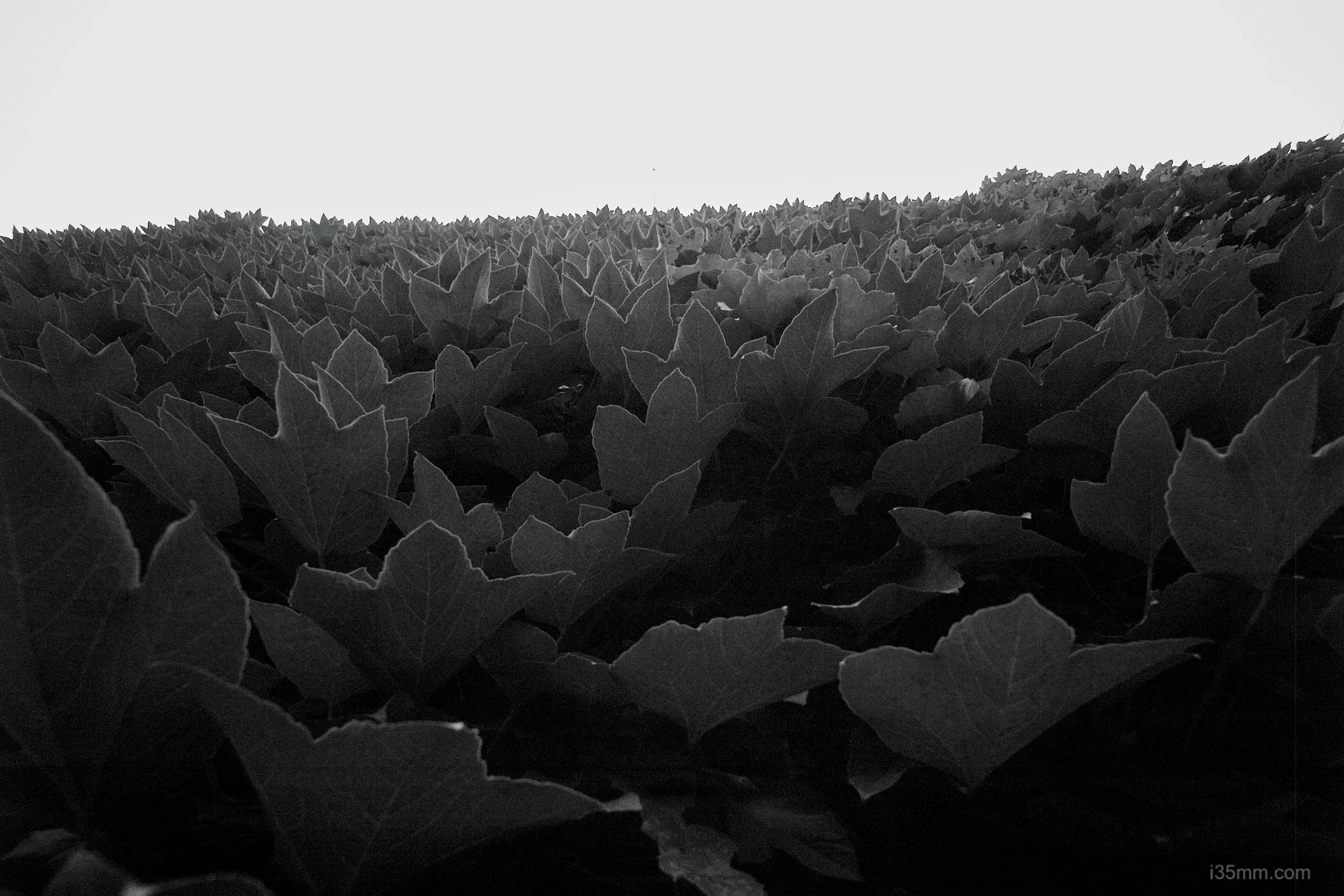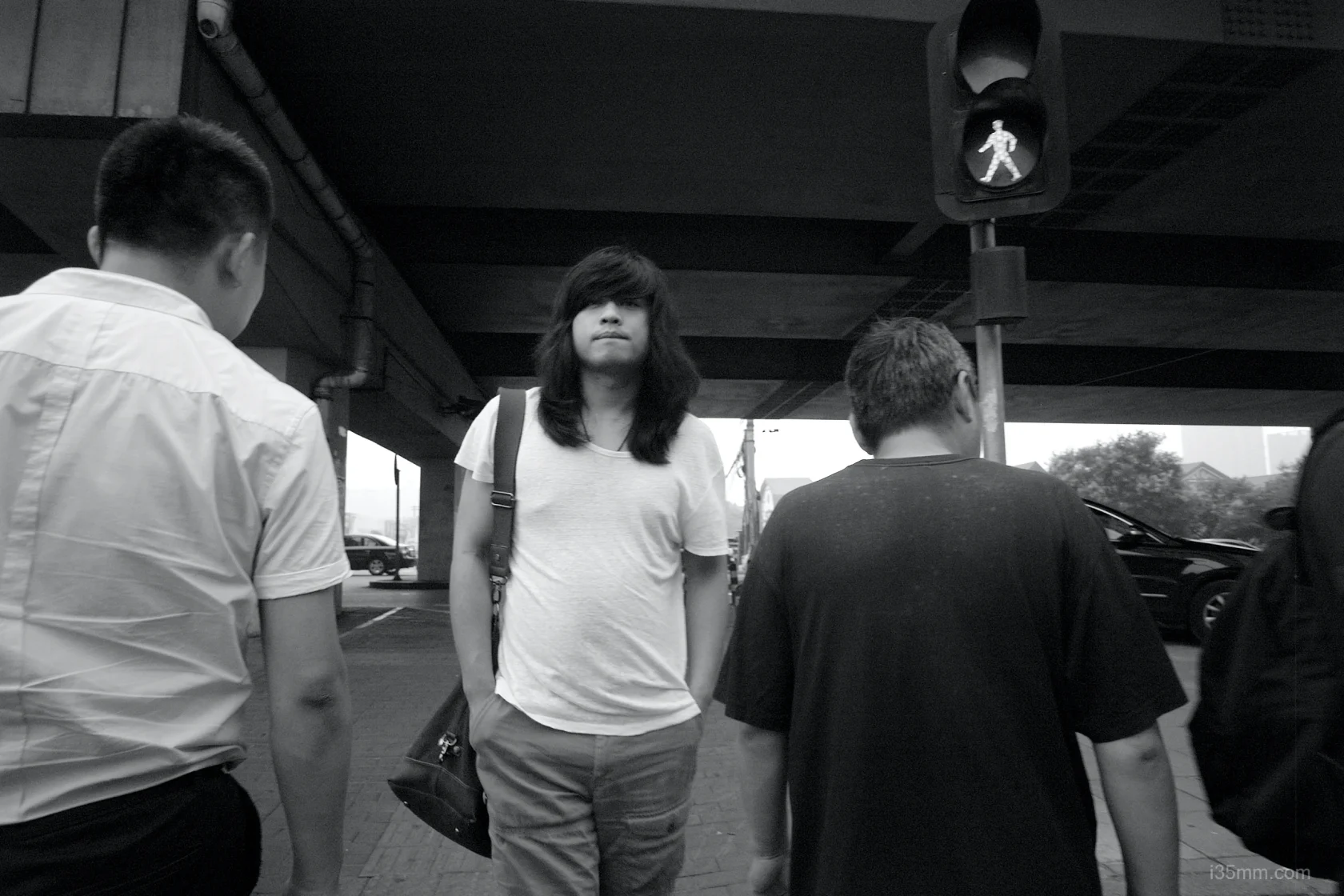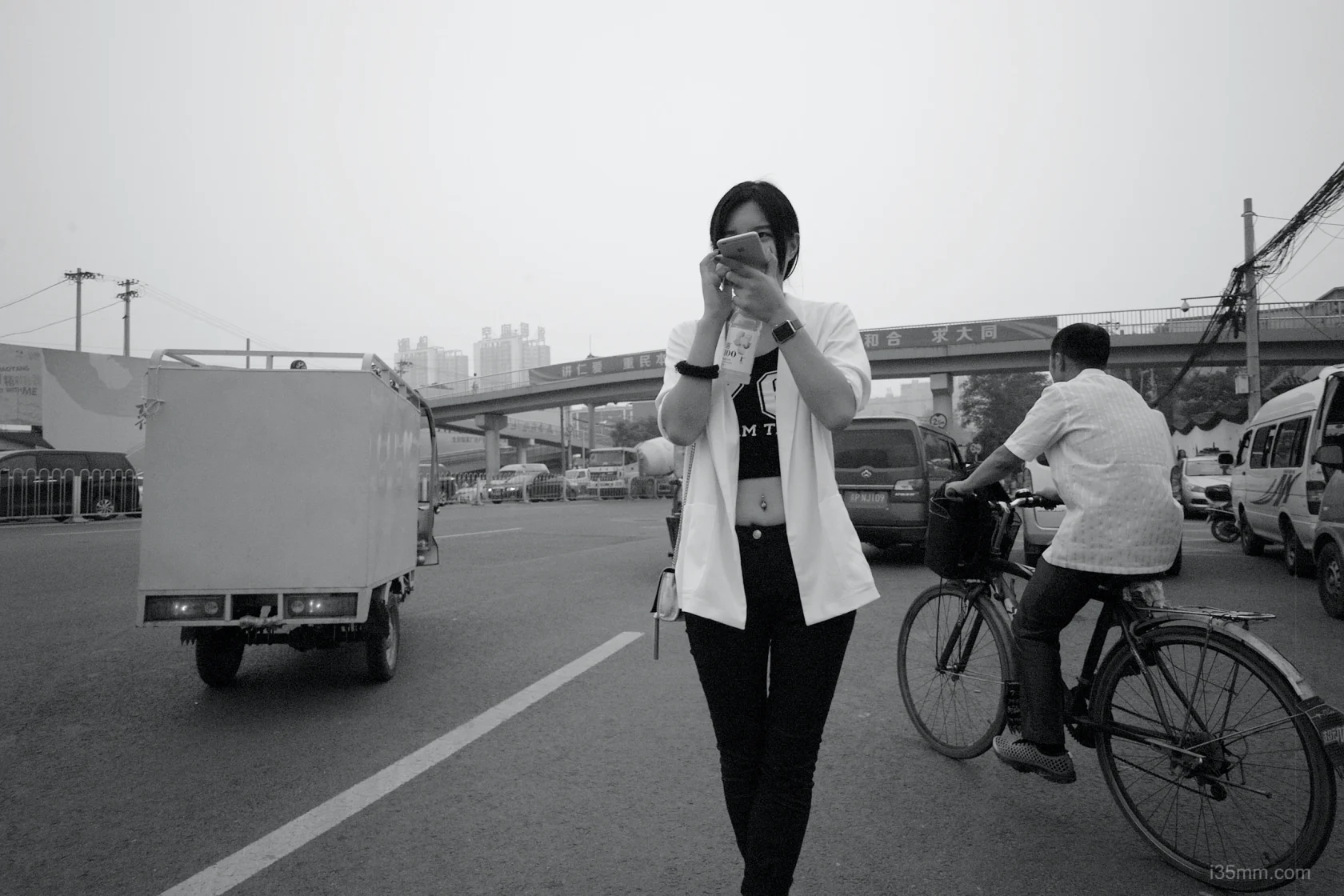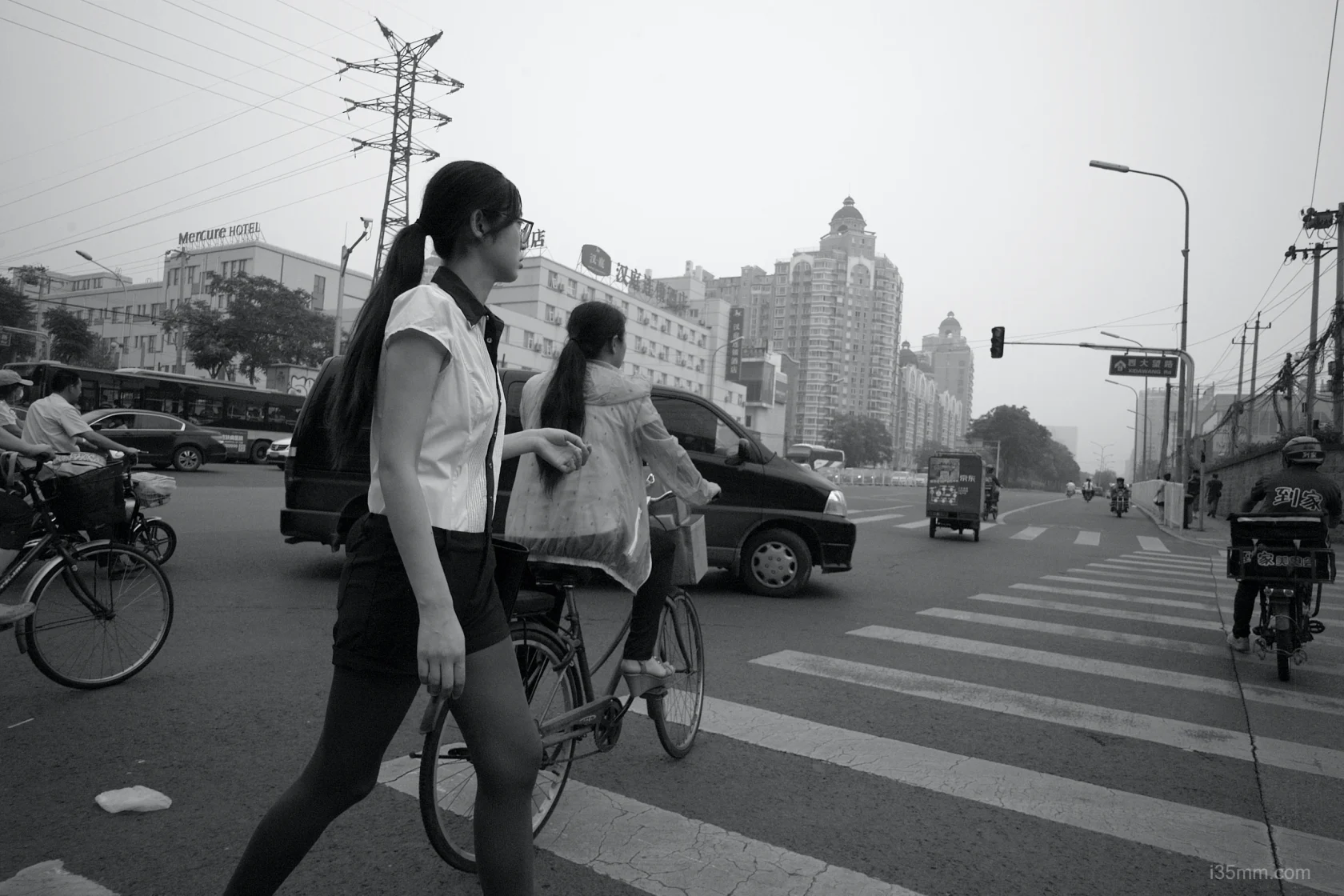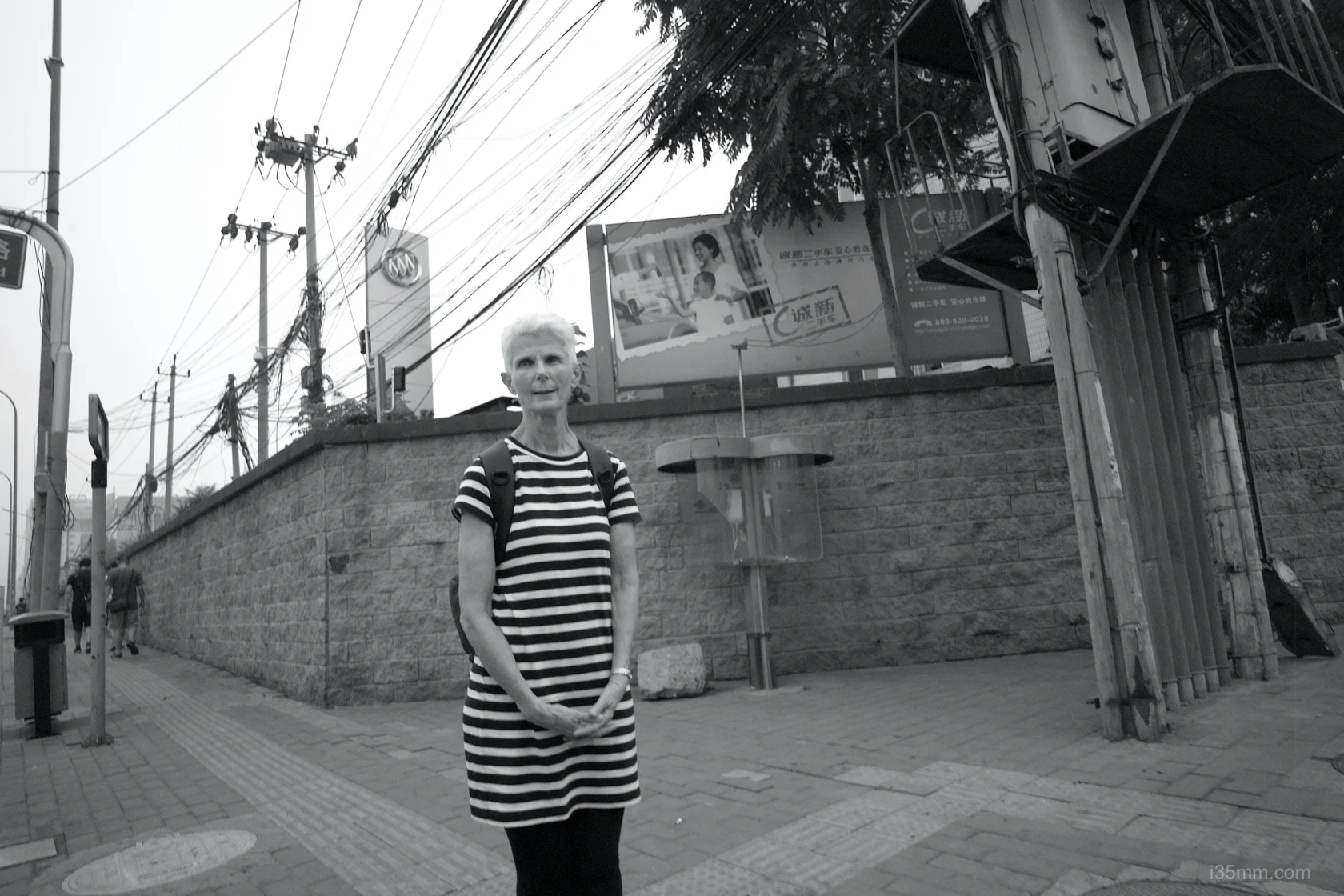Prologue: The Seed That Grew a Giant
In 1925, a tiny collapsible lens named Elmar 50mm f/3.5 sprouted from Ernst Leitz’s workshop, fertilizing the soil for Leica’s global reign. Weighing less than a bar of Swiss chocolate (120g) and priced today between 400–400–1,200 (2025 USD), this “optical bonsai” remains the DNA of every Leica M lens. Think of it as the Model T Ford of photography—humble, revolutionary, and timeless.








Design: Swiss Watchmaker’s Muse
- Collapsible Sorcery
- Body: Brass cloaked in nickel-chrome—durable as a cast-iron skillet, elegant as a Tiffany pendant. Collapses into your M-body like a telescope retreating into its casing.
- Aperture Ring: Turns with the tactile snick of a vintage lighter—each click a haptic love letter to 1920s craftsmanship. (The m-mount version is exclusive, the l39 one is not)
- Max Berek’s Legacy
- The Einstein of optics, Berek hand-calculated this lens’ design without computers—a feat akin to baking a soufflé with a campfire.
- Chinese Proverb Footnote:“老骥伏枥,志在千里”
(“An old steed in the stable still dreams of galloping 1,000 miles”)
A nod to how this 100-year-old design outpaces modern glass in charm.
Optical Poetry: Simplicity as Superpower
| Aspect | Elmar 50mm f/3.5 | Modern Summicron 50mm |
|---|---|---|
| Sharpness | Hemingway’s typewriter—direct, unfussy | GPT-4 precision |
| Contrast | Morning tea with a dash of milk | Double espresso |
| Bokeh | Ripples on a tranquil pond | Butter churned by robots |
| Magic | 🕰️🕰️🕰️🕰️🕰️ | ⚡⚡⚡⚡🤍 |
- f/3.5 Wide Open: Renders skin tones like honey-drizzled parchment—flaws softened, humanity amplified.
- Stopped Down: By f/8, it matches modern lenses’ sharpness while retaining the warmth of a vinyl record.
Film vs Digital: Two Eras, One Soul
- Film Romance
- On Tri-X @400, it channels Ansel Adams’ zone system—midtones sing, highlights glow like moonlight on snow.
- Digital Alchemy
- On a Leica M11, dial up clarity +15 to mimic its film-era bite. Disable profiles—let its golden flaws dance.
The “Three Delights”
- Portability: Fits in a jeans pocket—street photography’s ultimate stealth weapon.
- B&W Mastery: Microcontrast so rich, you’ll swear Ansel Adams ghostwrote your shots.
- Flare as Flavor: Backlighting paints Impressionist halos—call it “free Instagram filter.”
Who Needs This Lens?
✓ Minimalist Nomads: Who believe less gear = more vision
✓ History Buffs: Collecting tangible fragments of photography’s dawn
✓ Analog Purists: Who’d choose a typewriter over ChatGPT
Avoid If: You shoot sports, crave bokeh orgies, or think “vintage” means “obsolete.”
Final Verdict: The Eternal Underdog
The Elmar 50mm f/3.5 is photography’s comfort food—humble, nourishing, and endlessly satisfying. For the price of a weekend in Napa Valley, you gain:
- A working museum piece that still outshines modern rivals in joy-per-ounce
- Proof that “progress” isn’t always better—just louder
- Permission to fall in love with photography all over again
Rating:
🎞️🎞️🎞️🎞️🎞️ (film poets) | 📸📸📸🤍🤍 (pixel peepers)
“A lens that whispers: ‘True greatness fits in the palm of your hand.’”
Pro Tips:
- Flare Hack: Shoot into the sun—its uncoated glow paints Renaissance halos.
- Film Pairing: Ilford FP4+ @125—Citizen Kane gravitas on a budget.
- Digital Zen: Add +20 grain in Lightroom—flaws become features.
Epilogue: The Little Lens That Could
In an age of gargantuan f/1.2 monsters, the Elmar 50mm f/3.5 remains stubbornly, gloriously small. It’s a brass-clad rebuttal to excess, whispering: “You don’t need muscle to move mountains—just vision.” As Bresson might say, it’s not the arrow—it’s the archer. Now go shoot something timeless.
















